Synthesis 1973
A Conscious Vacation Project
Creator: Jason SeversJason was born on June 25th, 1973. Born exactly six months from Christmas, he believes this qualifies him for a position as the next antichrist. Jason is a strategic designer and creative director with over twenty years of experience in graphic design, brand strategy, design research, product and service design, and integrated marketing.
Introduction
In 1973 there was reason for optimism. Political norms, while still ignorant to much of the injustice woven into the historical fabric of American life, still existed and provided a reasonable common ground and precedent. Our political leaders could be held to account and our friends and family were not irreparably lost to lies and conspiracy theories. The grand narrative of an “American Dream” still felt attainable for most.
In America inflation had tripled from 3.4% to 9.6% and put an end to post-World War II economic expansion. To make matters worse, 1973 marked the beginning of a recession in the U.S. and Europe that lasted until 1975. Watergate hearings began and Richard Nixon told the nation in November: “I am not a crook.” The burdens of living in a consumer society became painfully apparent to most households. Corruption in the highest office was mediated to the general public as entertainment. TV became the democratized medium and established our problematic relationships with screens.
In some circles there was cause for hope. The Paris Peace Accords were signed on January 27, 1973, ending U.S. involvement in the Vietnam War. Women were one step close to be equally citizens. In a landmark decision by the United States Supreme Court (Roe vs. Wade) abortion was legalized. And though there is much progress to be made, black, brown, and indigenous communities began to emerge from a white shadow blinding us to centuries of injustice. These social and political shifts shaped culture into more inclusive picture of our true potential. Forty-eight years later we can see the positive and negative patterns that were established.
The following synthesis is focused on the aesthetics, cultural structures and political conditions of the 70’s – with an emphasis on the artifacts and ideas that emerged in the year 1973. The goal of this project is to understand how culture and politics have shaped my aesthetic preferences and socio-political biases.
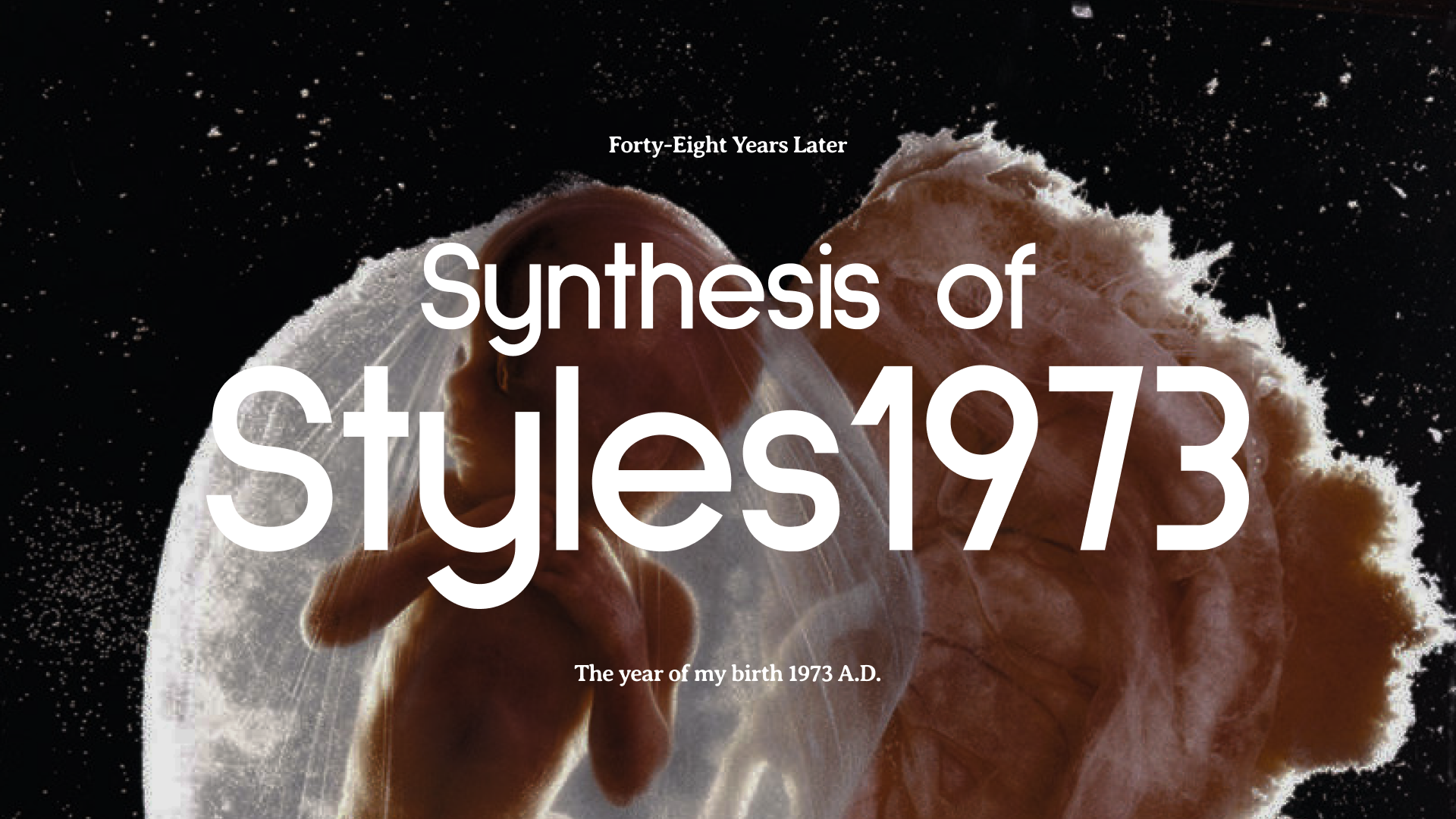

General Aesthetic
The colors, graphic forms, and materials from this year reveal world on the verge of a technological revolution. But also a world on the verge of a social and political breakdown.
The circuit like forms of connected technologies housed plush materials in a cartoonish vernacular. The soft character of the Muppets fused with machined plastics of consumer electronics.


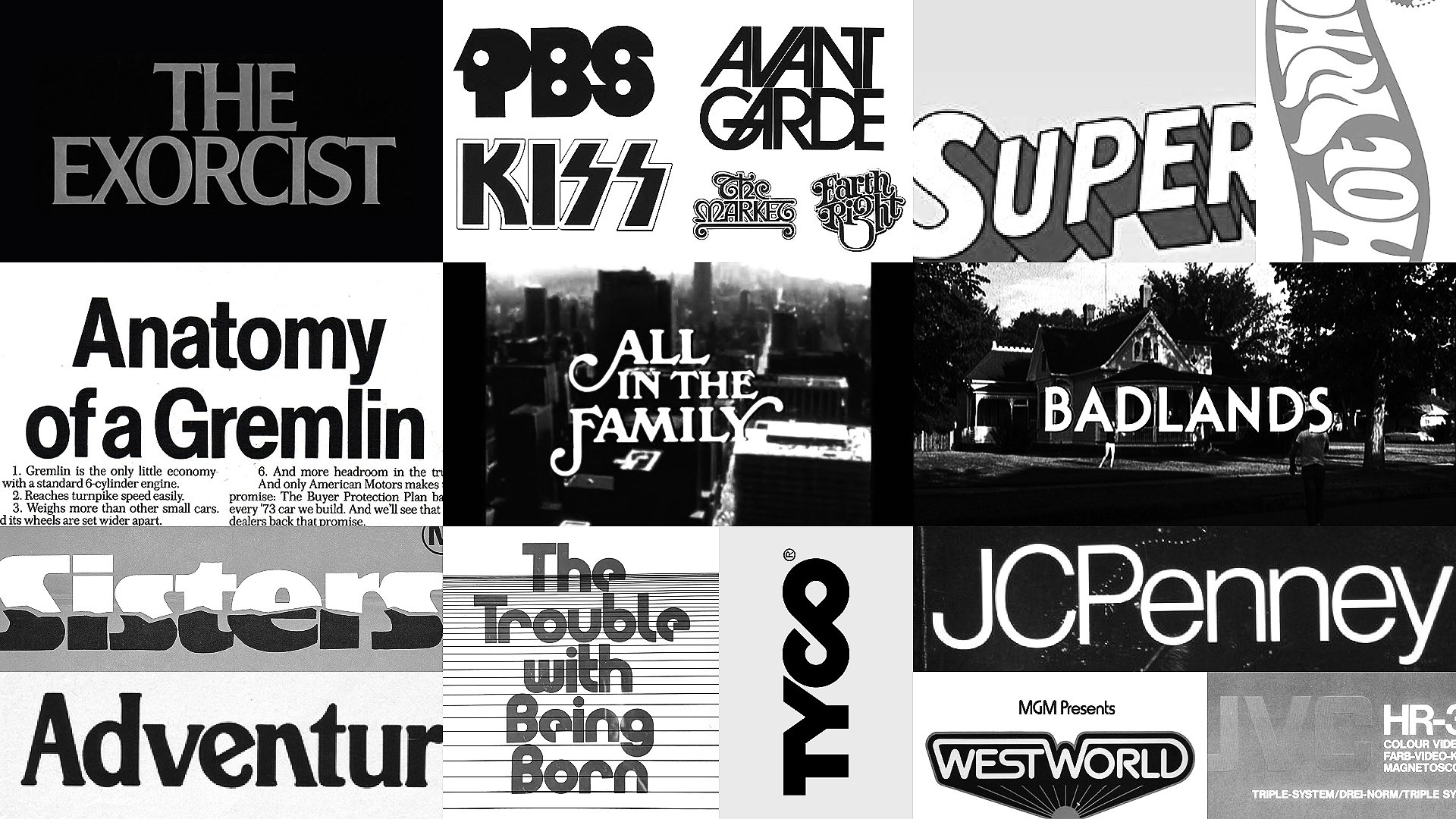
Archetypal Logos
The graphic symbols of the 70’s that represent the promise of technology and science, with feelings of play and excitement. Energy and electricity were the fuel for these playful forms with fluid lines, energetic angles and soft corner radii create this feeling. The modernism of the 50’s combined with the psychedelic forms of the 60’s created a layered harmony of plastic computation and the human hand.








Chapter Styles
Typography and logo marks are loaded with content that spark memory and bring forth perceptual systems embodying political and social characteristics of that time. The following vignettes were conceptualized and designed to reflect a social memory of the 70’s. Each mark represents a feel with a rationale of those feelings and guide the style and tone of the preceding chapter.
Chapter 1
When toys thoughtfully bridged fantasy and reality.
When toys were like touching a future-past.
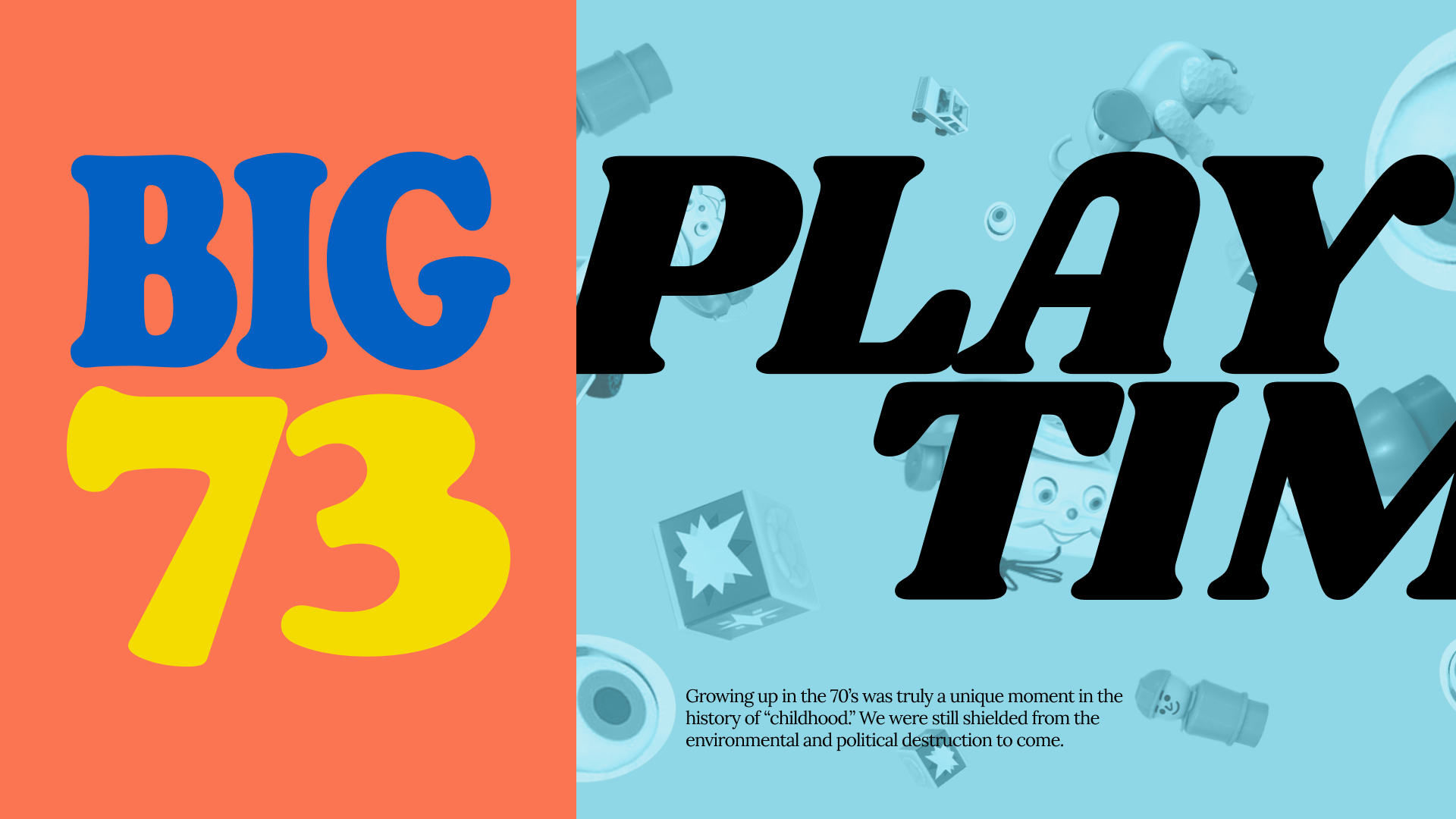

Catalogues of Desire
Before e-commerce our consumer desires were mediated by retail environments and catalogues. We spent time nurturing our desires with imagination. We played with toys before we had them in our hands.
Walkie Talkies were popular Christmas gifts. Other popular Christmas gifts included the board games Pente and Anti-Monopoly, Raleigh Chopper bikes, Dungeons & Dragons and Shrinky Dinks.


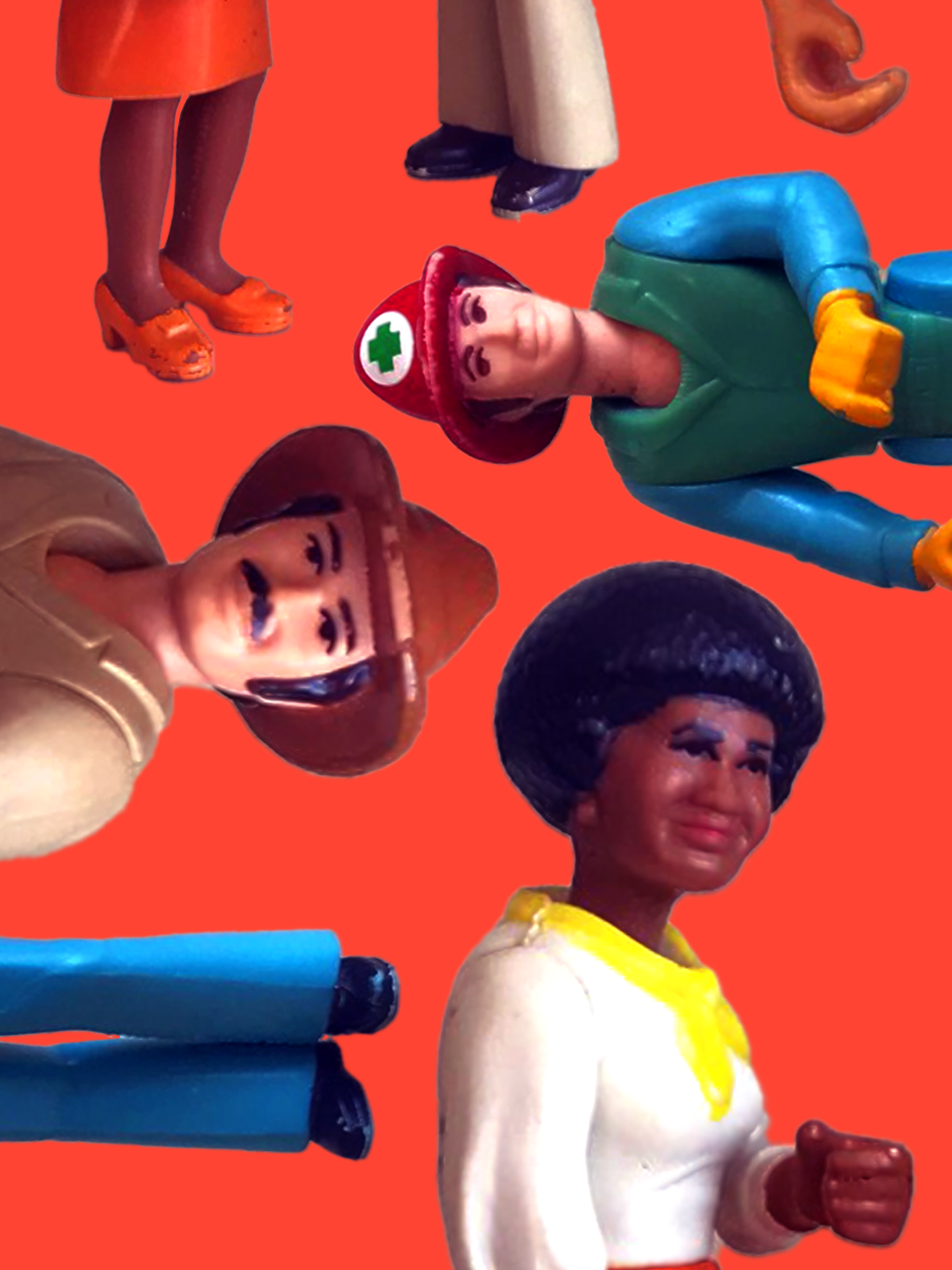


Our first family car was a Gremlin. Its presence was toy-like.


Toys had dynamic interaction models that supported creative play, you could flex them to you environment. When you played with cars you were also playing with the highway system. You can find these dynamic models in today’s games but they often lack the tactile and kinetic payoff.


Chapter 2
When the heroes used revenge as fuel for fighting power and reclaiming justice.
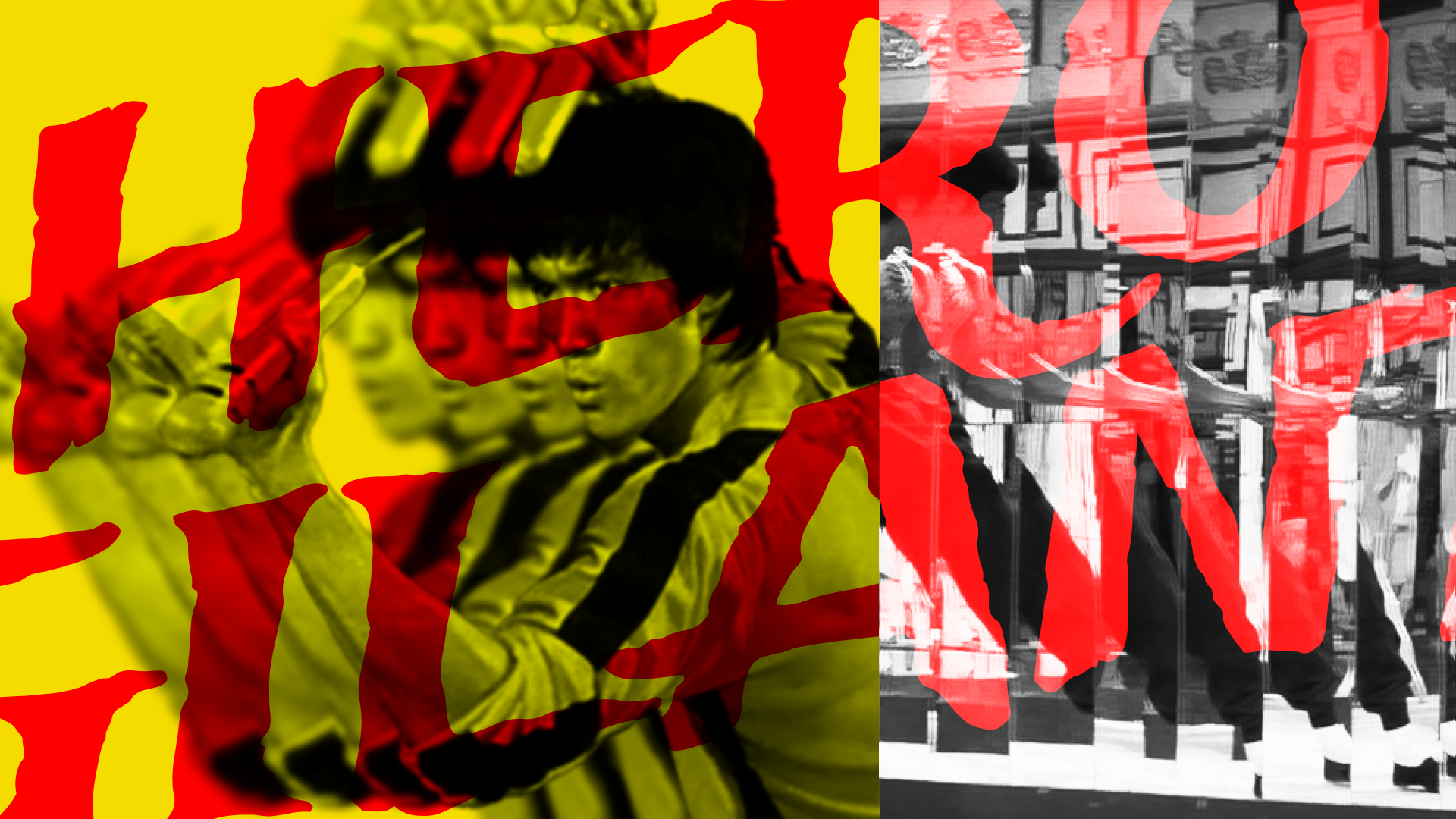

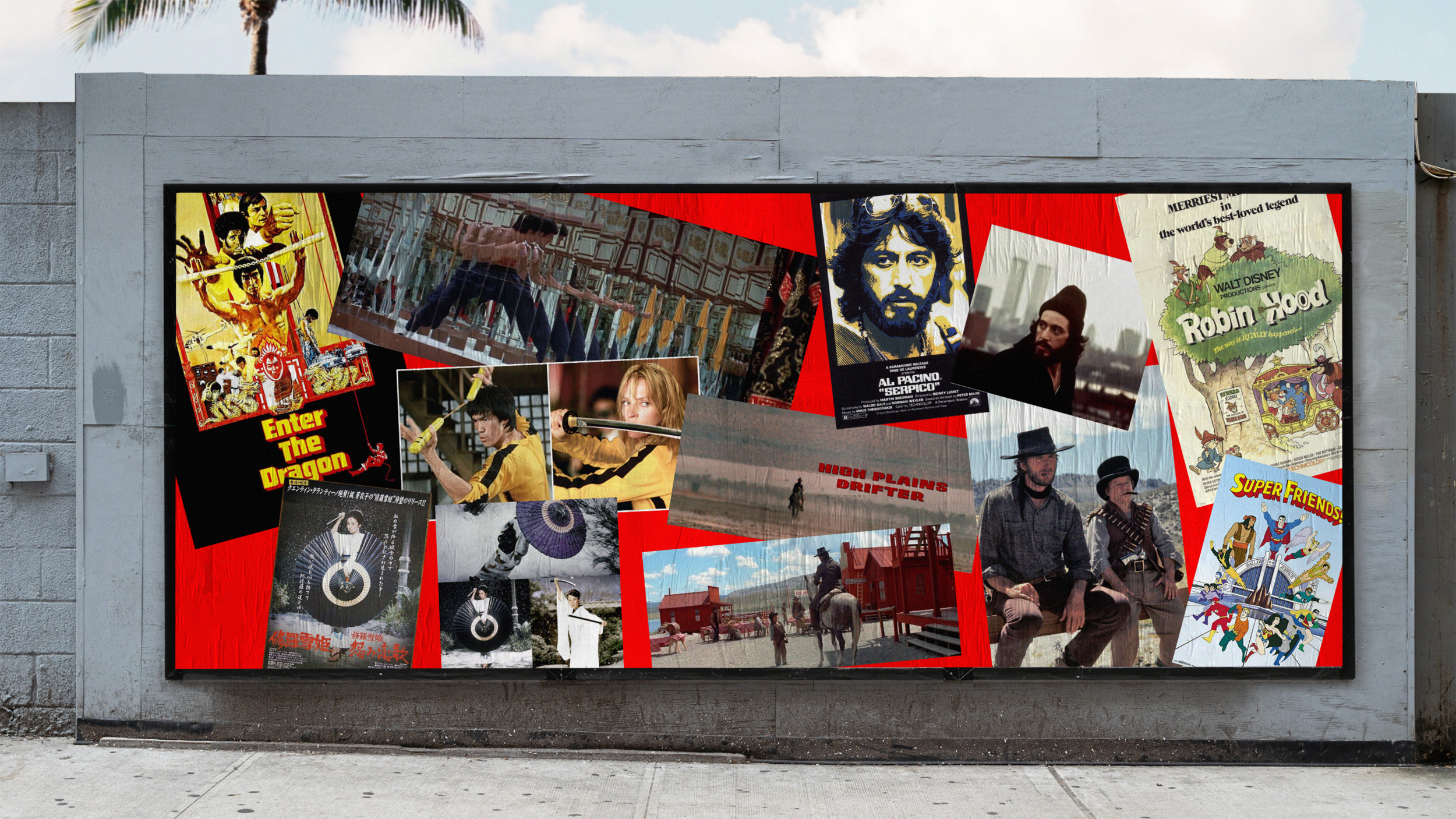
Chapter 3
When family affairs became the public interest.




The perception of the American family changed when we turned the camera on it. This new window revealed what had gone unspoken in the rise of the nuclear family, that all is not well. Reality TV was born and the family was its first subject. We watched private matters like divorce happen in real time. Movies also began to reflect the morphing definition of family, some expressions more troubling than others. I grew up in the wake of a divorce. And like other new normals we came to accept, like the tortured Vietnam vet next door or a criminal presidency, the family had become a circus of damaged individuals trying to live up to the unrealistic expectations established in Post-war America.

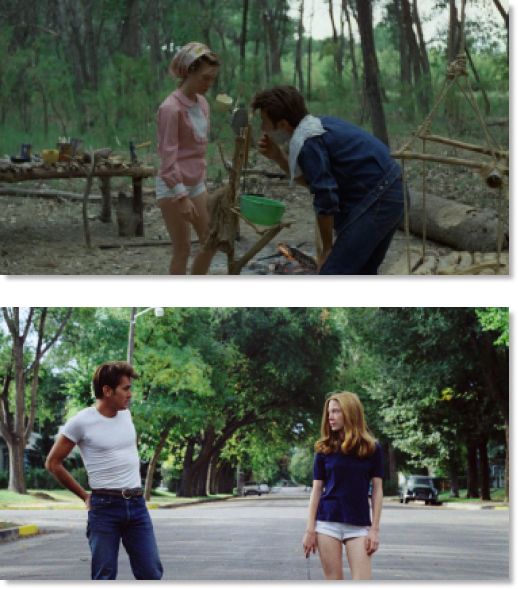
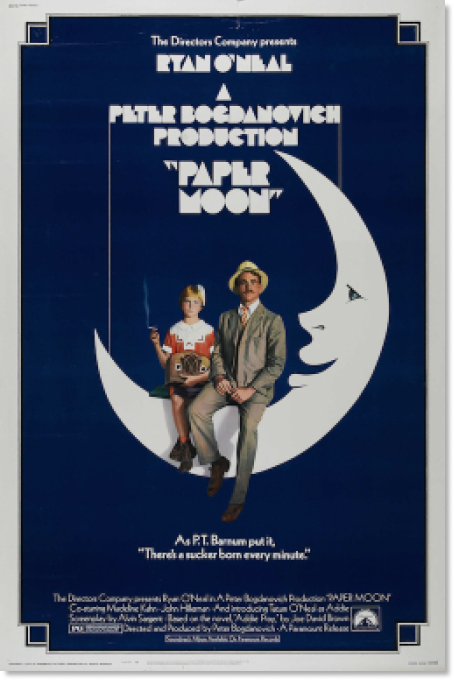
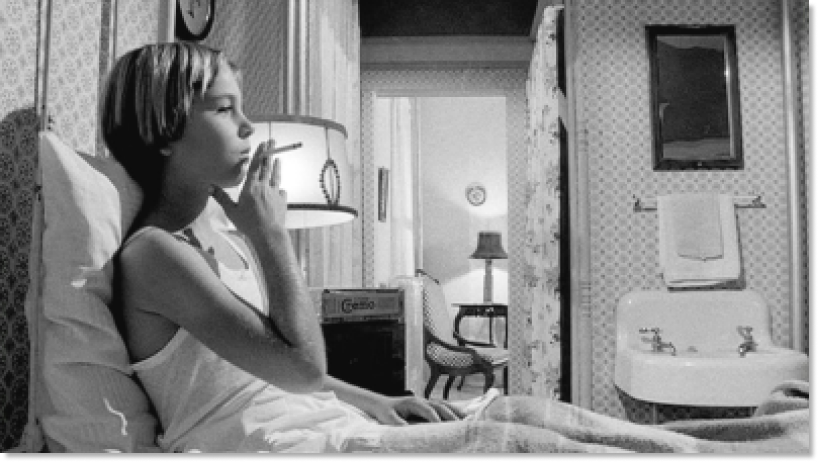
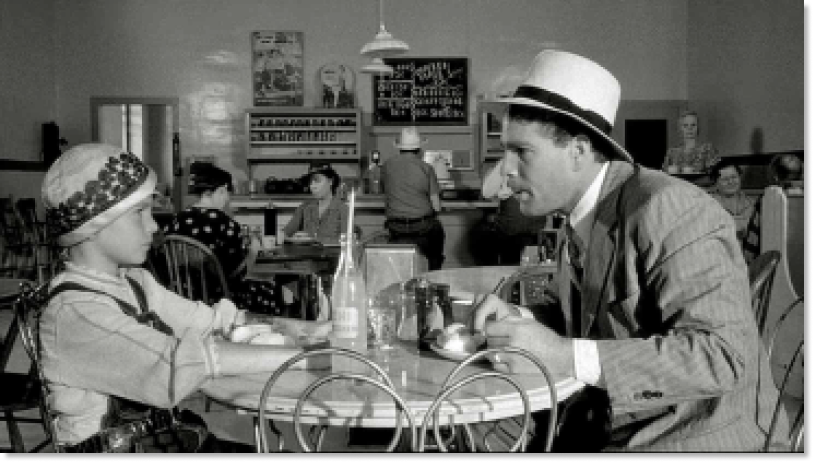


The family was a construct now open for interpretation and scrutiny. Television gave us another family portrait, one that did not attempt to hide the challenges of family in this new America that begun to reveal itself. But what we really learned was that women are the victims of this construct and now they were finding ways to break free. We also learned that family meant more than Mom and Dad and the 2.5 kids.


This painting is called The Sugar Shack by Ernie Barnes. I did my undergraduate studies in painting and since I was a child there were certain images that always captured my imagination. The Sugar Shack hung on the apartment wall of one of my favorite TV families, the Evans in the show Good Times. According to Barnes, I have created the original version of The Sugar Shack after reflecting upon his childhood, during which he was not "able to go to a dance." In a 2008 interview, Barnes said, "The Sugar Shack is a recall of a childhood experience. It was the first time my innocence met with the sins of dance. The painting transmits rhythm so the experience is re-created in the person viewing it. To show that African-Americans utilize rhythm as a way of resolving physical tension
THE U.S. FAMILY IN 1973The U.S. population was 211,908,788.

April 4th, 1973

Cultural Snapshot
The Exorcist was the most popular film, Jonathan Livingston Seagull was the best-selling fiction book, and All in the Family (CBS) was the top TV show. Popular baby names were Amy, Jennifer, Kimberly, Michelle, Christopher, James, Jason, and Michael. Hamburger Helper and pasta primavera were all the rage. H.J. Heinz was unable to fill ketchup orders to McDonald’s because of a tomato shortage. Television shows premiering this year were Kojak, Barnaby Jones, Police Story, and The Young and the Restless.
Chapter 4
When media and politics merged into a truth-less soup of culture wars.
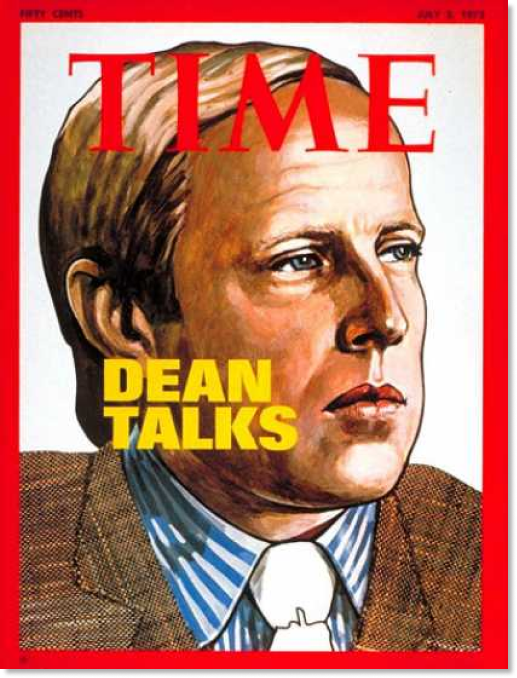

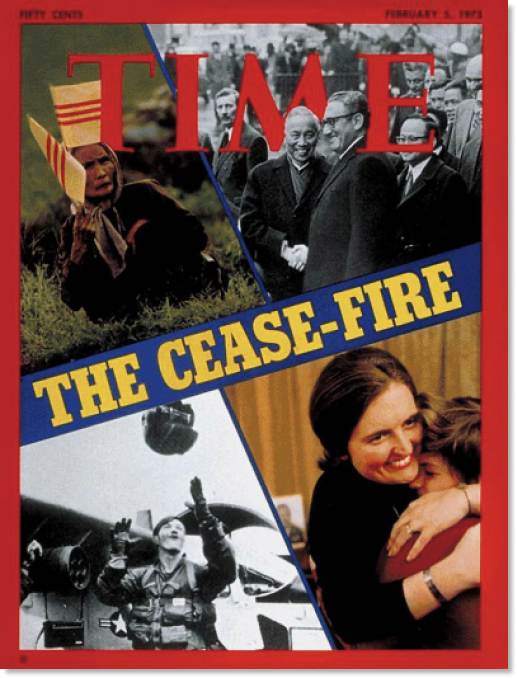
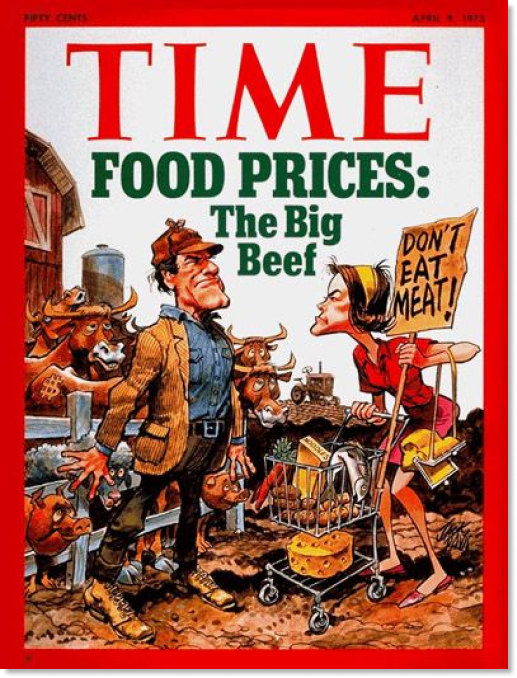
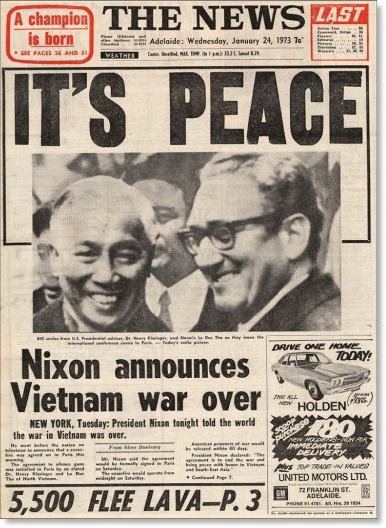
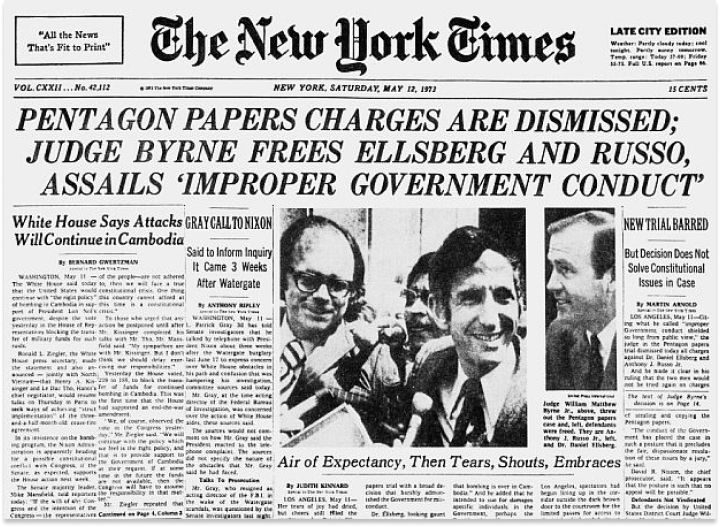

We were ready before we knew it. There’s a theory regarding stories with aliens and UFOs, that they were created to prepare public for what’s coming. A unique blend of conspiracy and irony emerged in the early 70’s. Orson Welles released a mind-bending tale of an art forger that in itself was a forgery. Mad magazine and National Lampoon’s pulled at the threads of traction that rand deep in American culture. Our politics were wash on corruption and conspiracies of concealment.
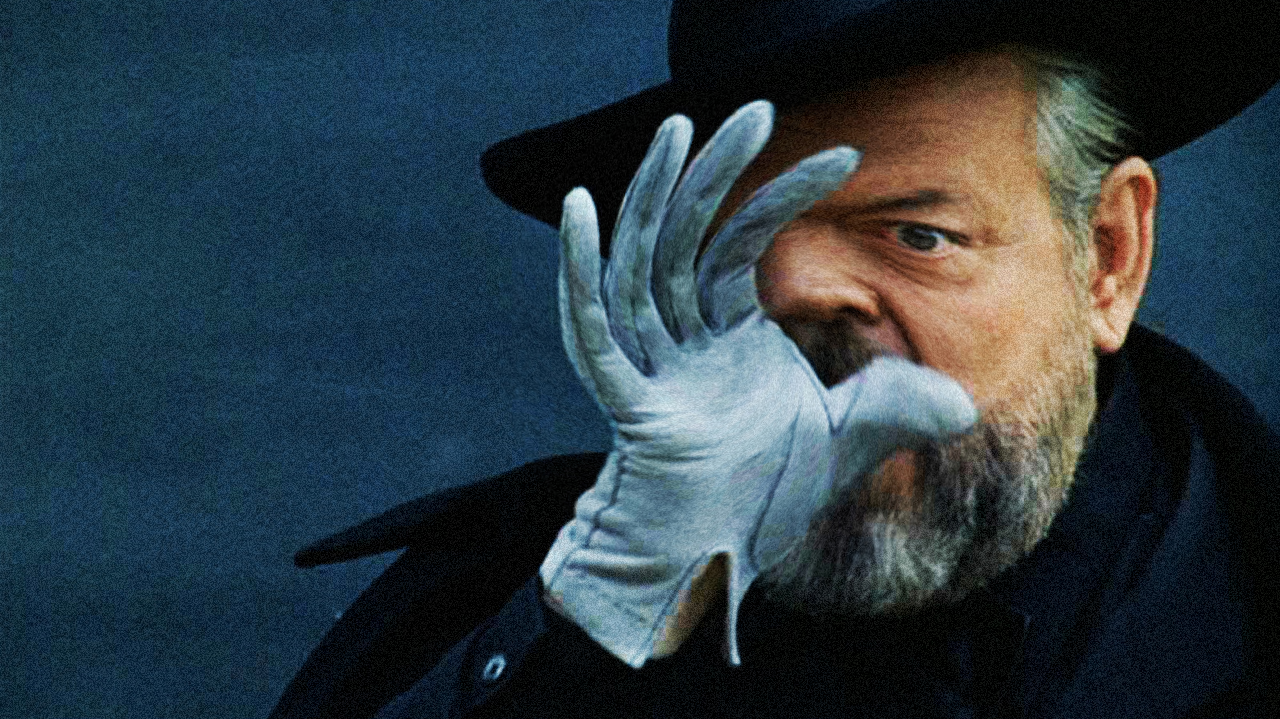
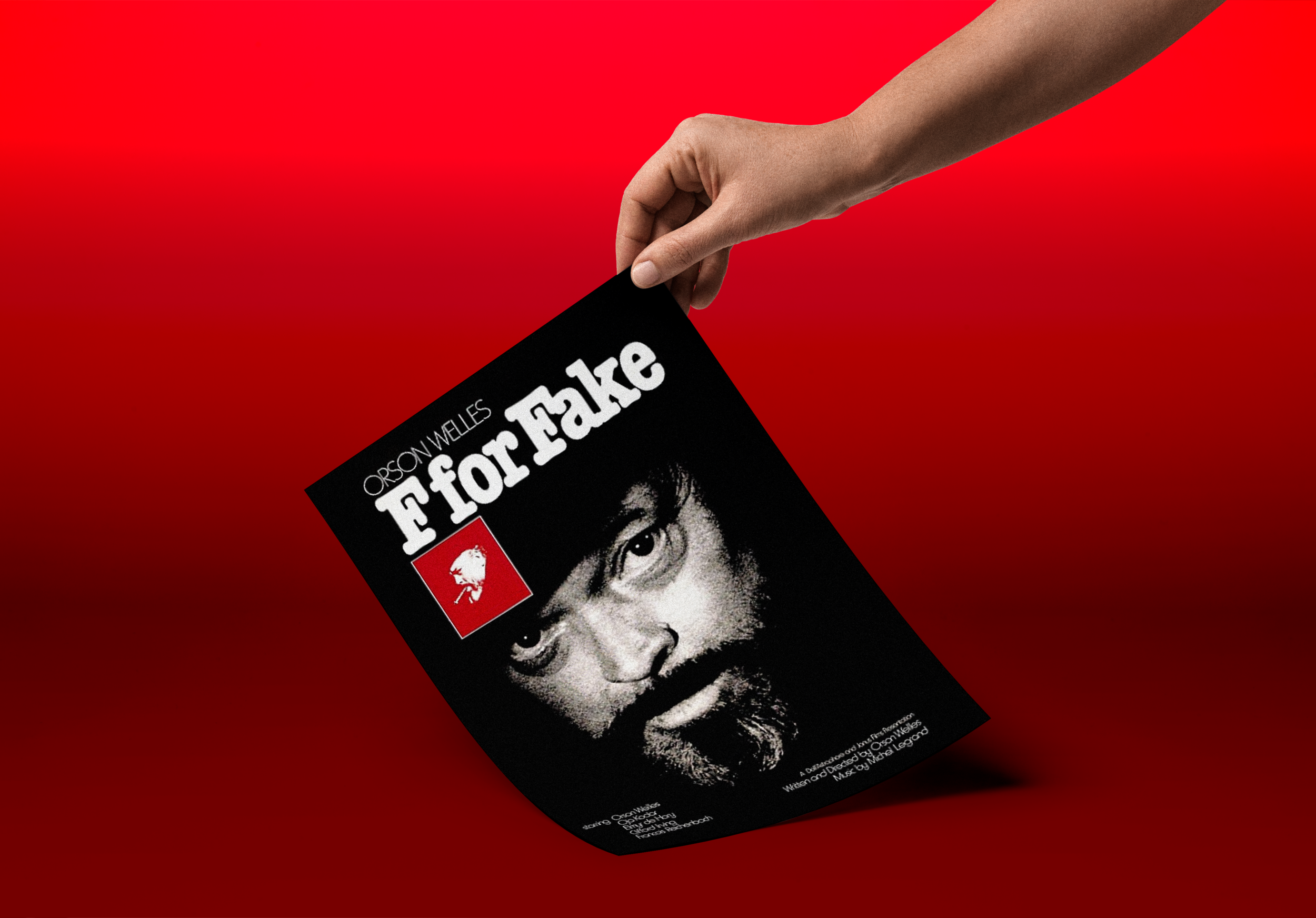

The numbers weren’t adding up.
The U.S. economy was plagued with high inflation, an oil crisis, rising unemployment, and the worst recession since the 1930s. The recession came about because of an OPEC oil embargo against the U.S., major government spending on the Vietnam War, a large Soviet purchase of corn, wheat, and soybeans during 1972, and a Wall Street crash that caused a bear market. Inflation tripled from 3.4% to 9.6% and put an end to post-World War II economic expansion. U.S. unemployment was 5.6%, the average family income was $12,900, and a new house cost around $32,500.
The retail price for a gallon of gas averaged 39 cents, the minimum wage was $1.60 per hour, and an ounce of gold cost $106.48. The Senate Watergate Committee began to televise its hearings, the U.S. Supreme Court legalized abortion, and the Endangered Species Act was passed. President Nixon signed legislation that approved construction of the Alaska pipeline.
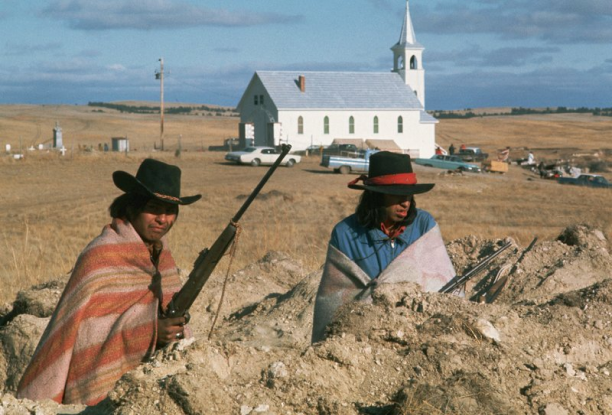
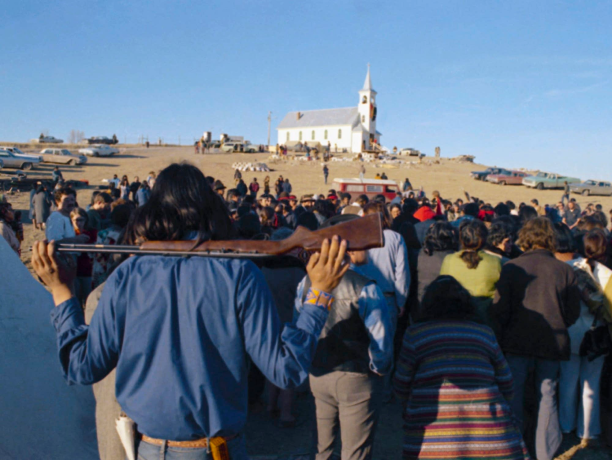
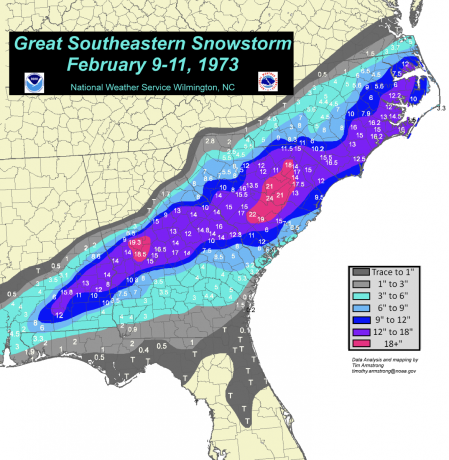

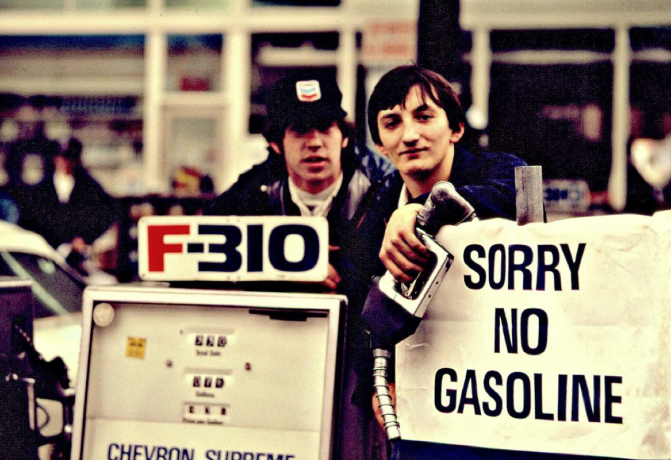
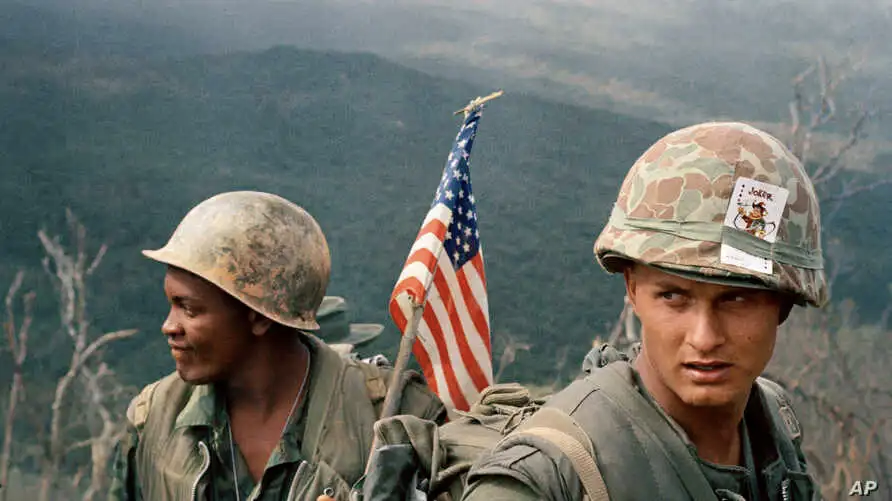

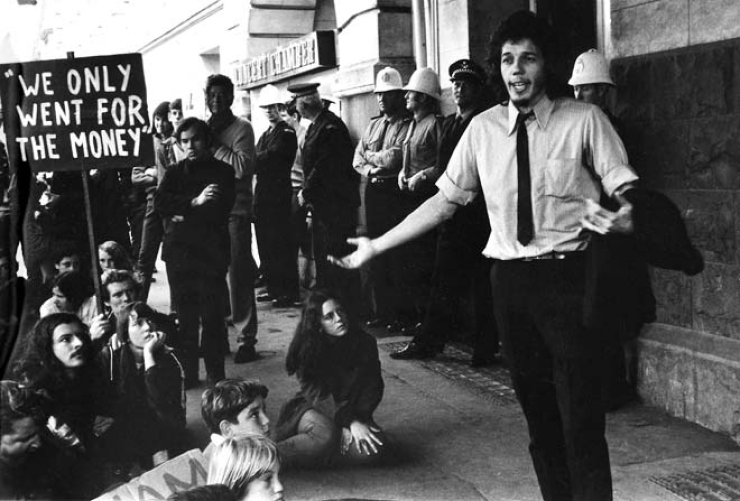



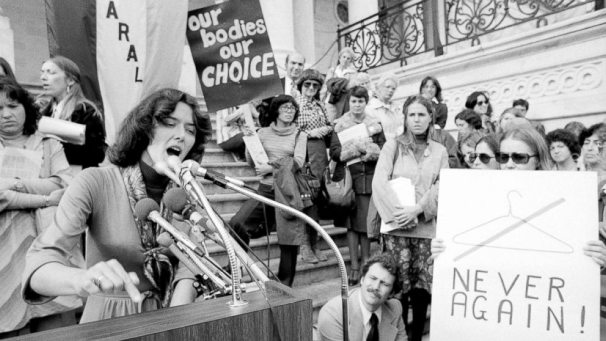

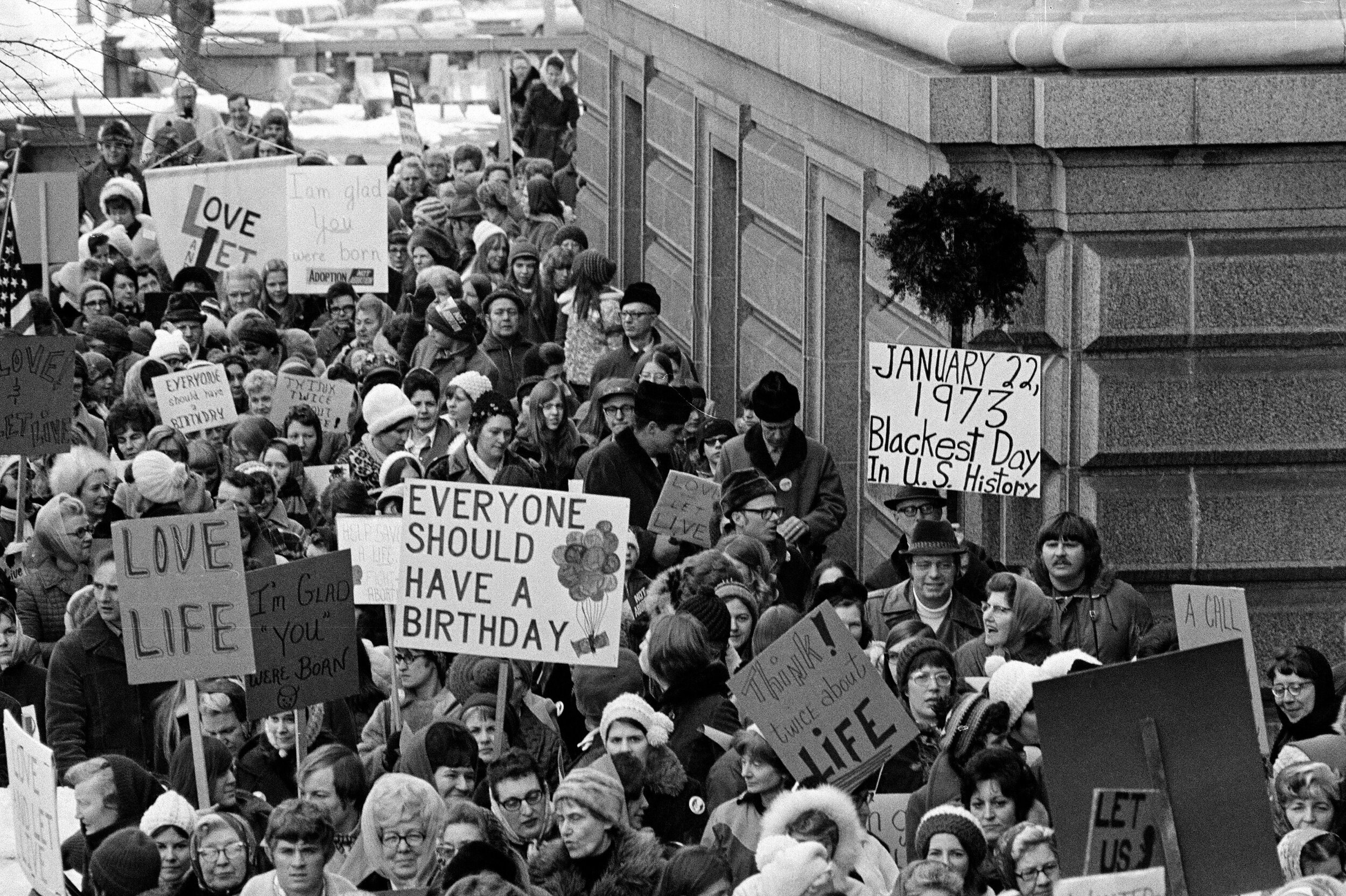
A woman’s choice became a battleground.
In a landmark decision by the United States Supreme Court (Roe vs. Wade) abortion was legalized. I sent most of my childhood raised by a single mother. While I enjoy being alive I can also see how her life would have been different given a choice. And having experienced the pain of growing up in the shadow of divorce, I have an understanding of the potential ripple effects of a society run by millions of children growing in similar environments.
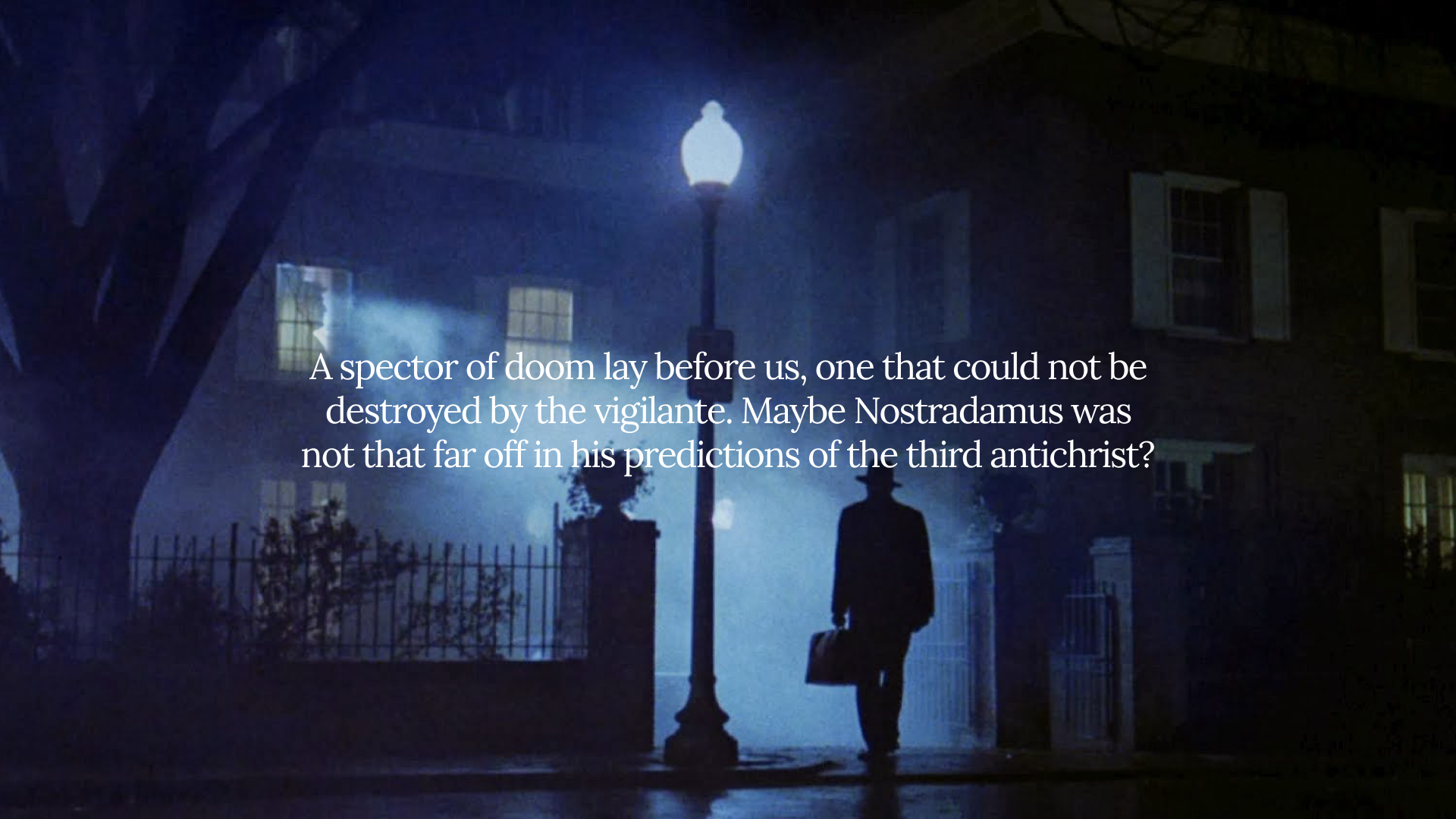
Chapter 5
When cults became the norm for people to escape the growing problems in a society desperately holding on to conservative traditions. When the demons of our past manifested as ghosts in the present.
Sisters directed by Brian De Palma


Don’t Look Know directed by Nicolas Roeg

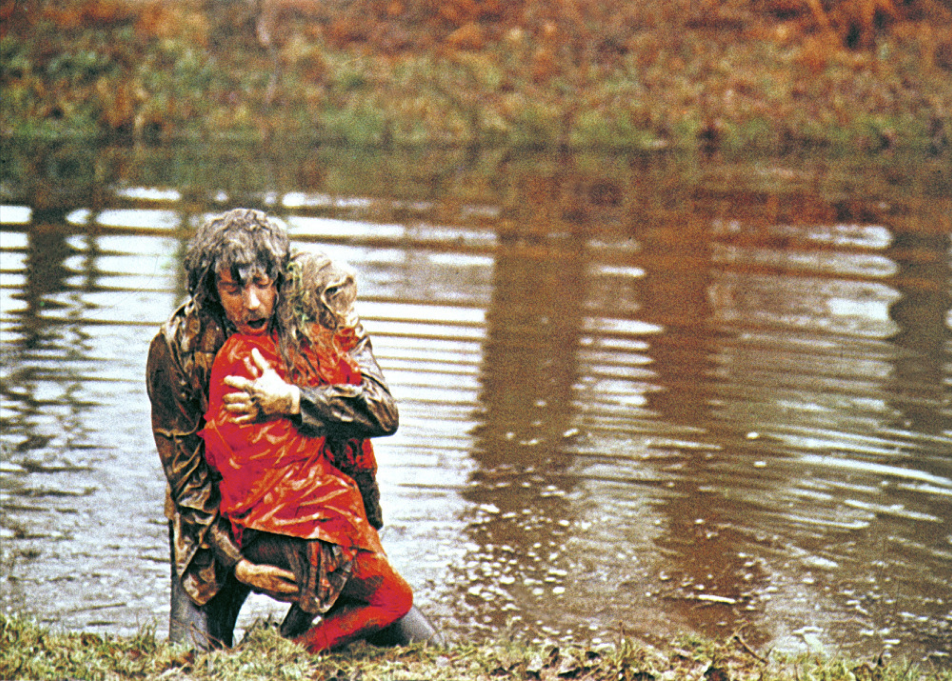
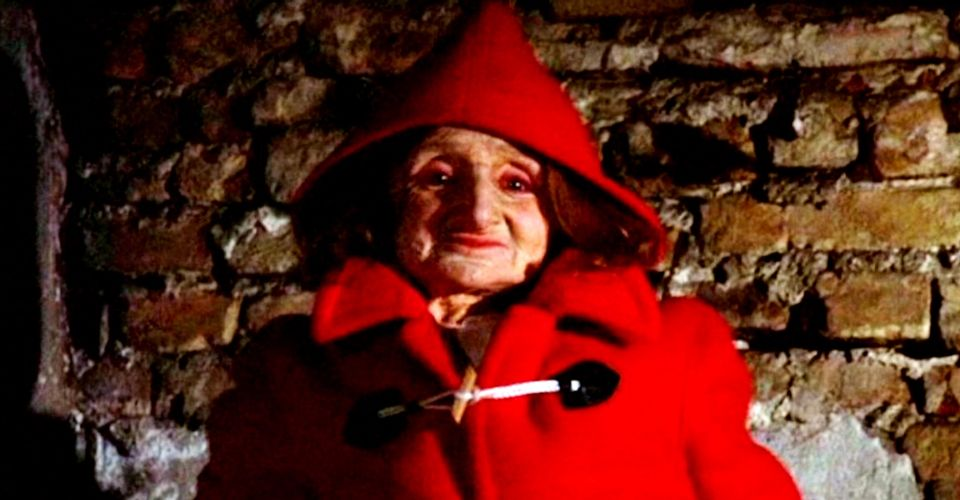
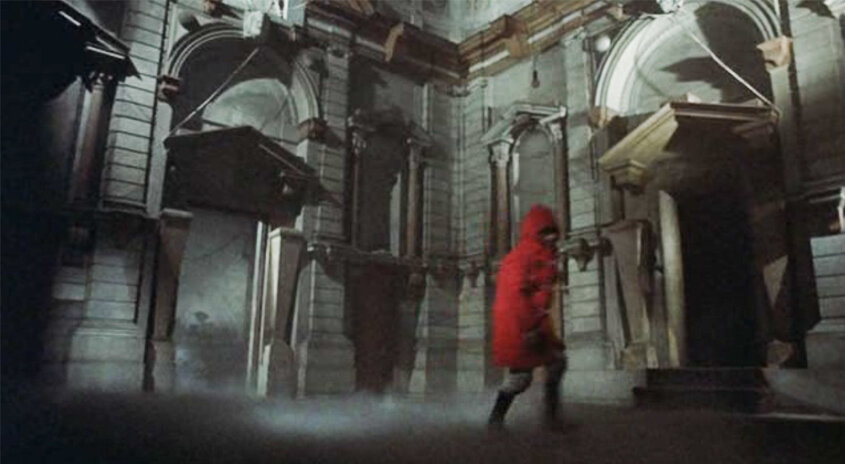
The Wicker Man directed by Robin Hardy
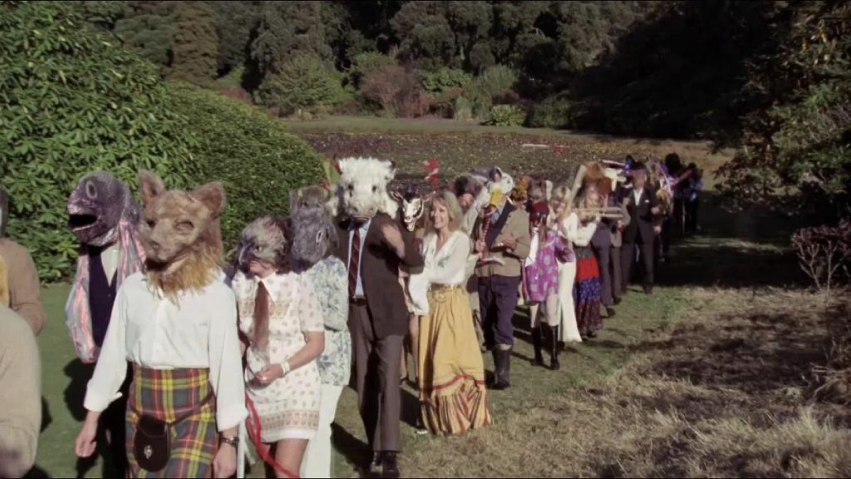
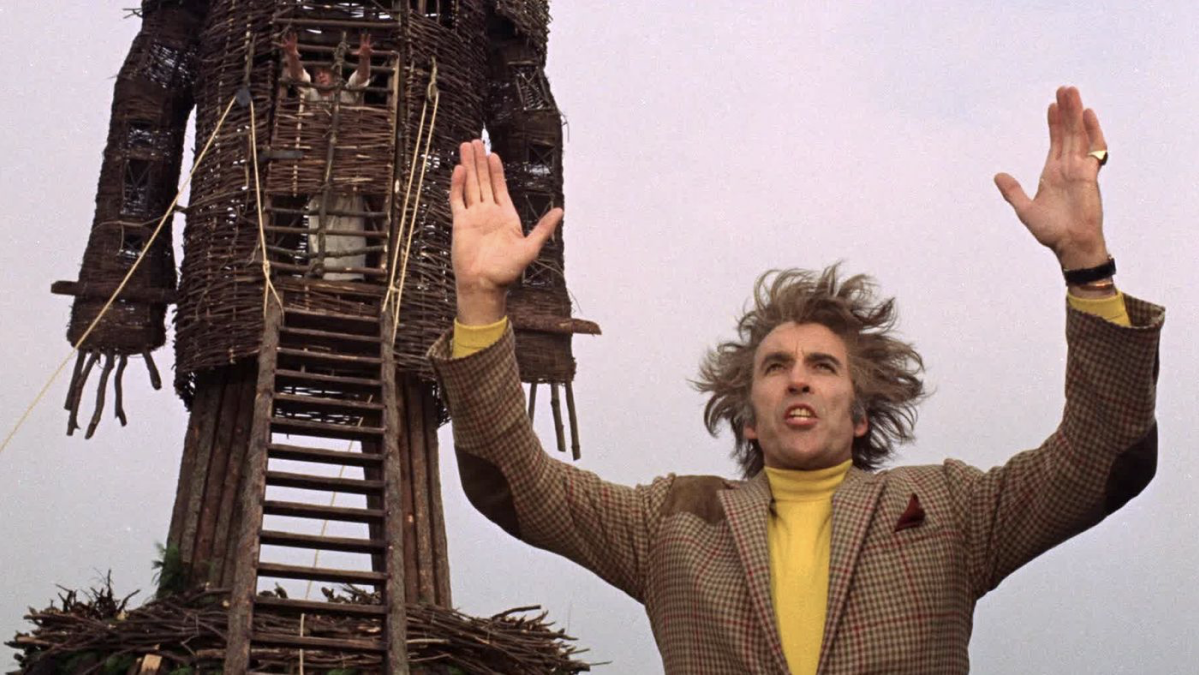
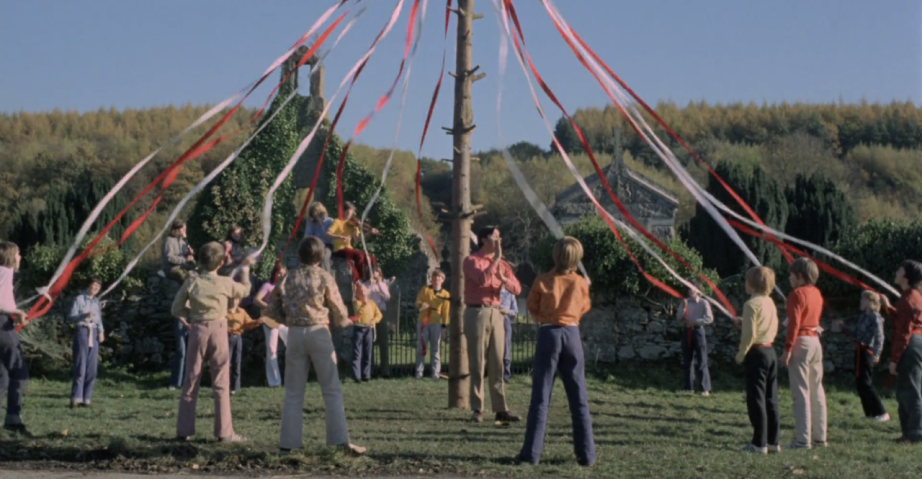
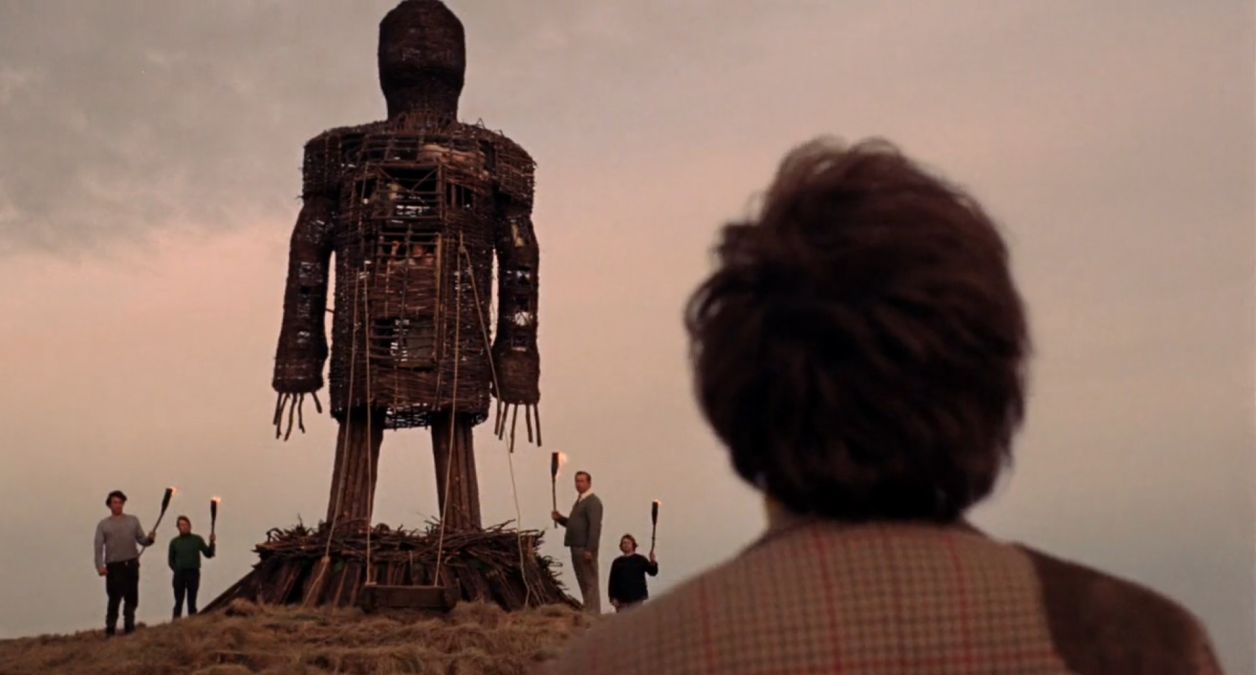
The Holy Mountain directed by Alexandro Jodorowsky’s
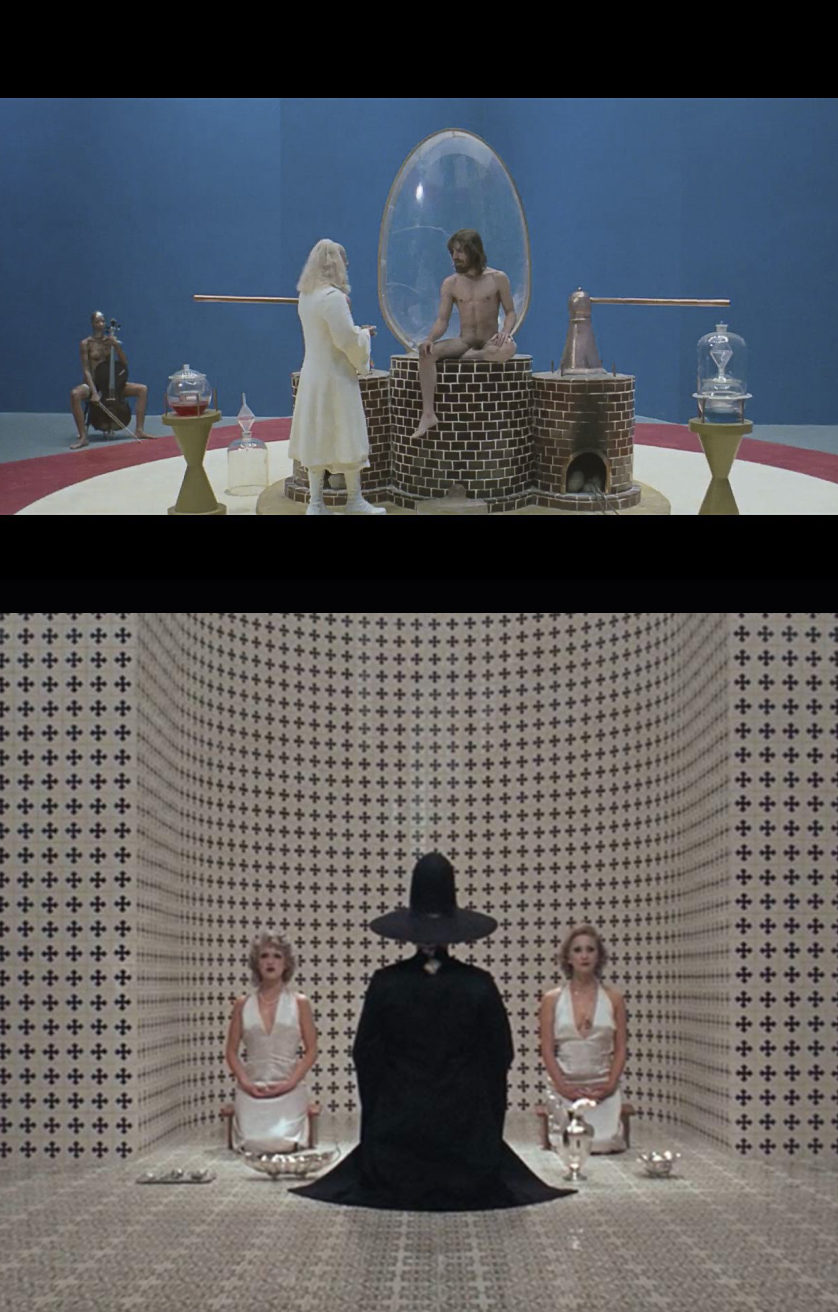
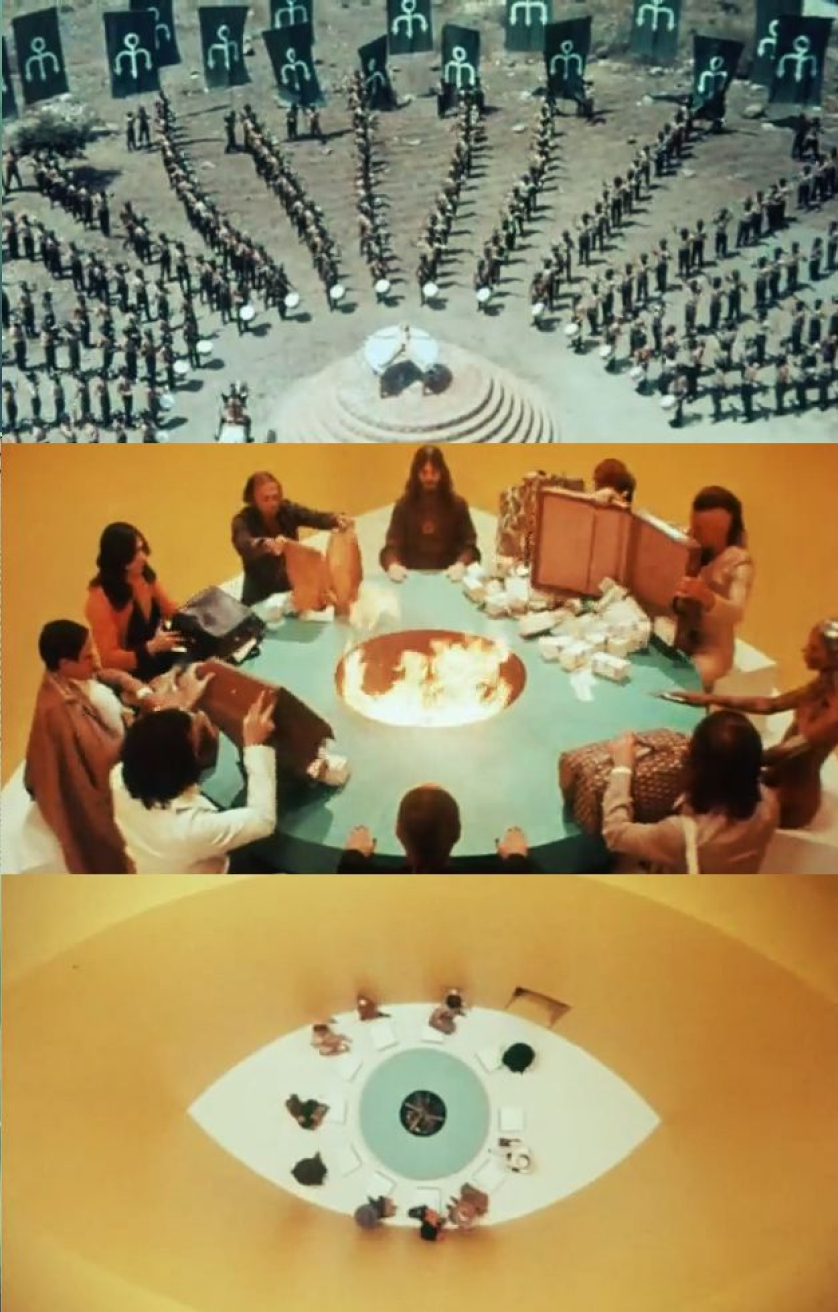
The Exorcist directed by William Friedkin

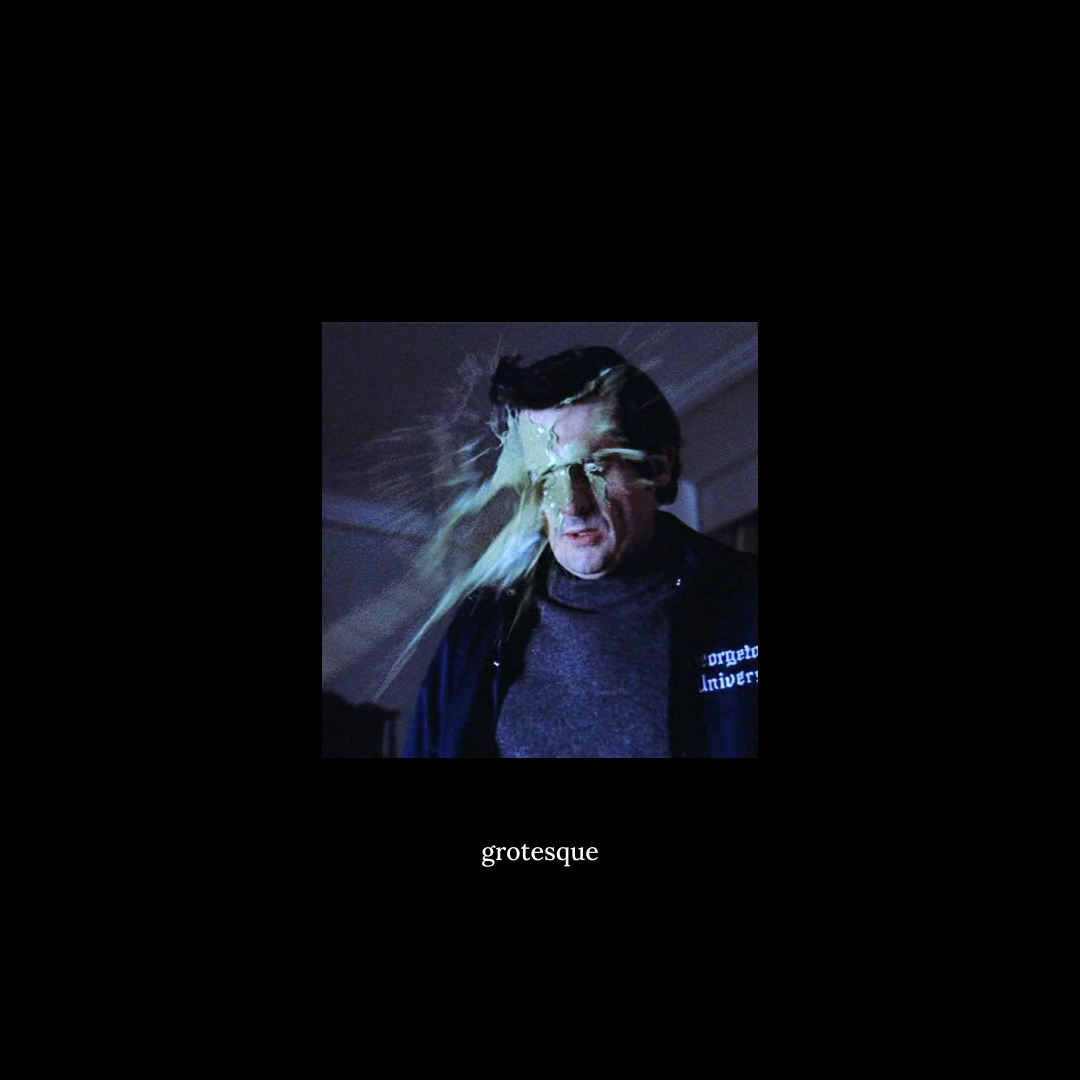





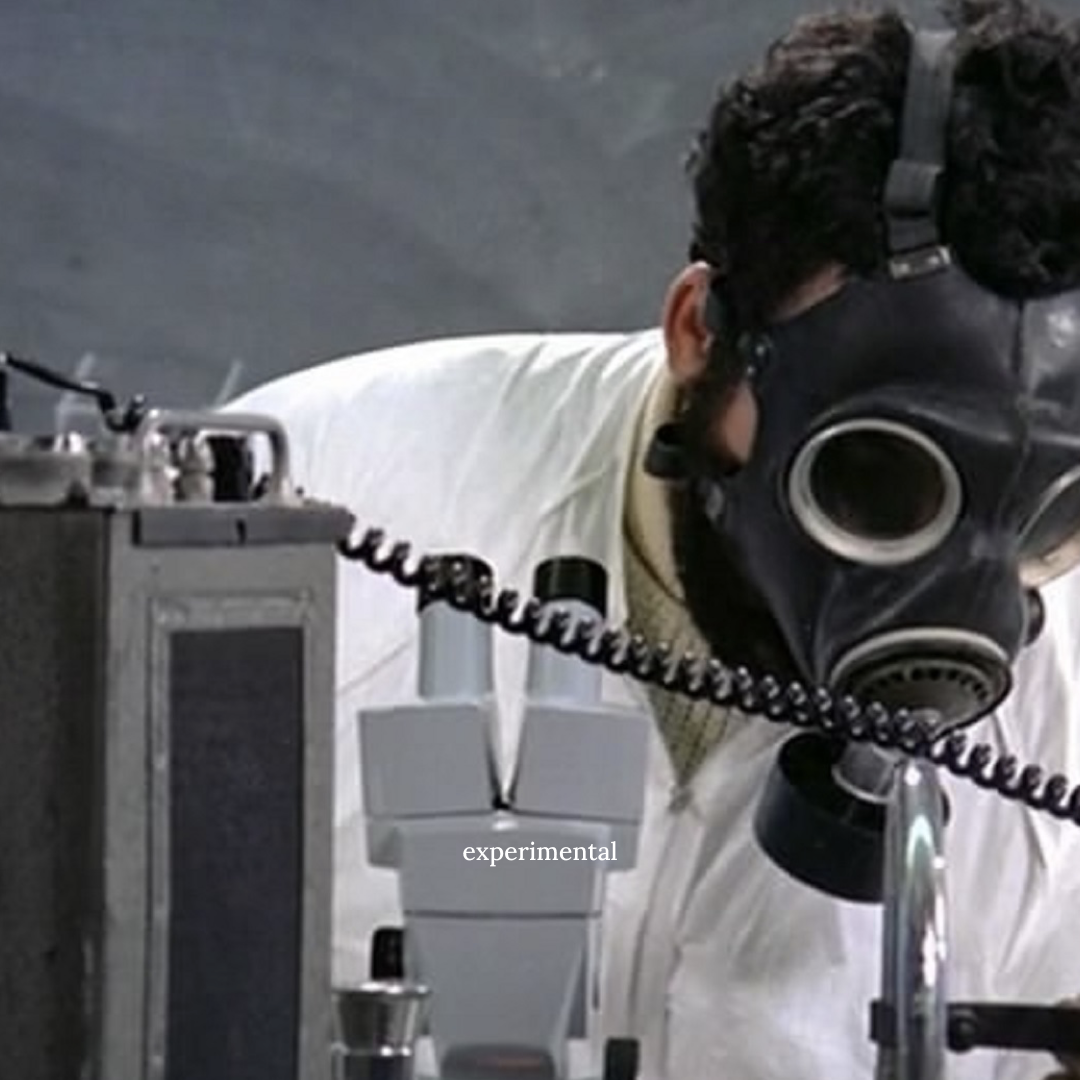
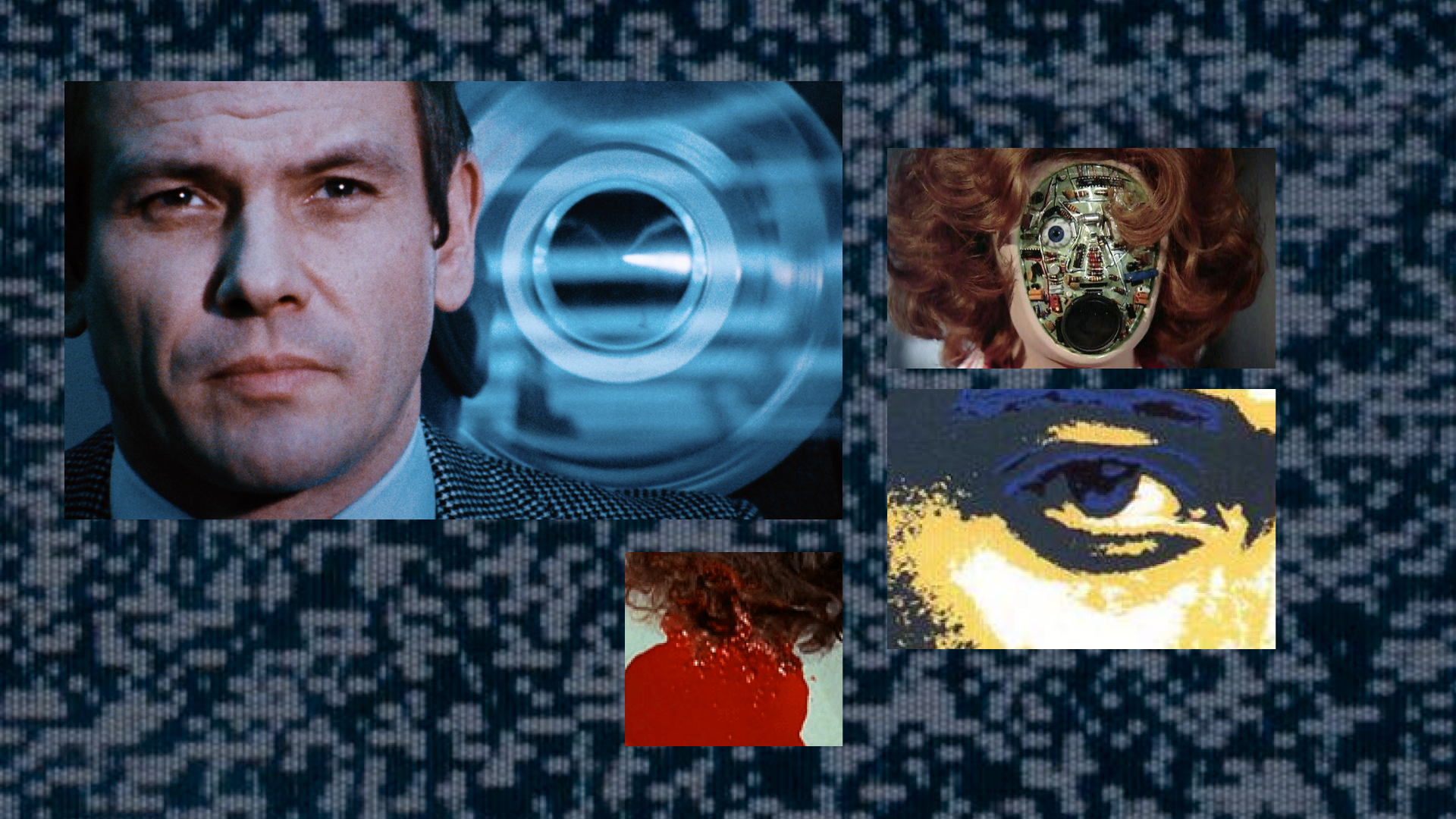
Chapter 6
When science and technology assumed control of humanity.
6.ANew Technologies
When we codified consumer goods, advanced hyper-connectivity, medical imaging and genetics.

The IBM bar code was selected by the National Association of Food Chains as the standard for the Universal Product Code.
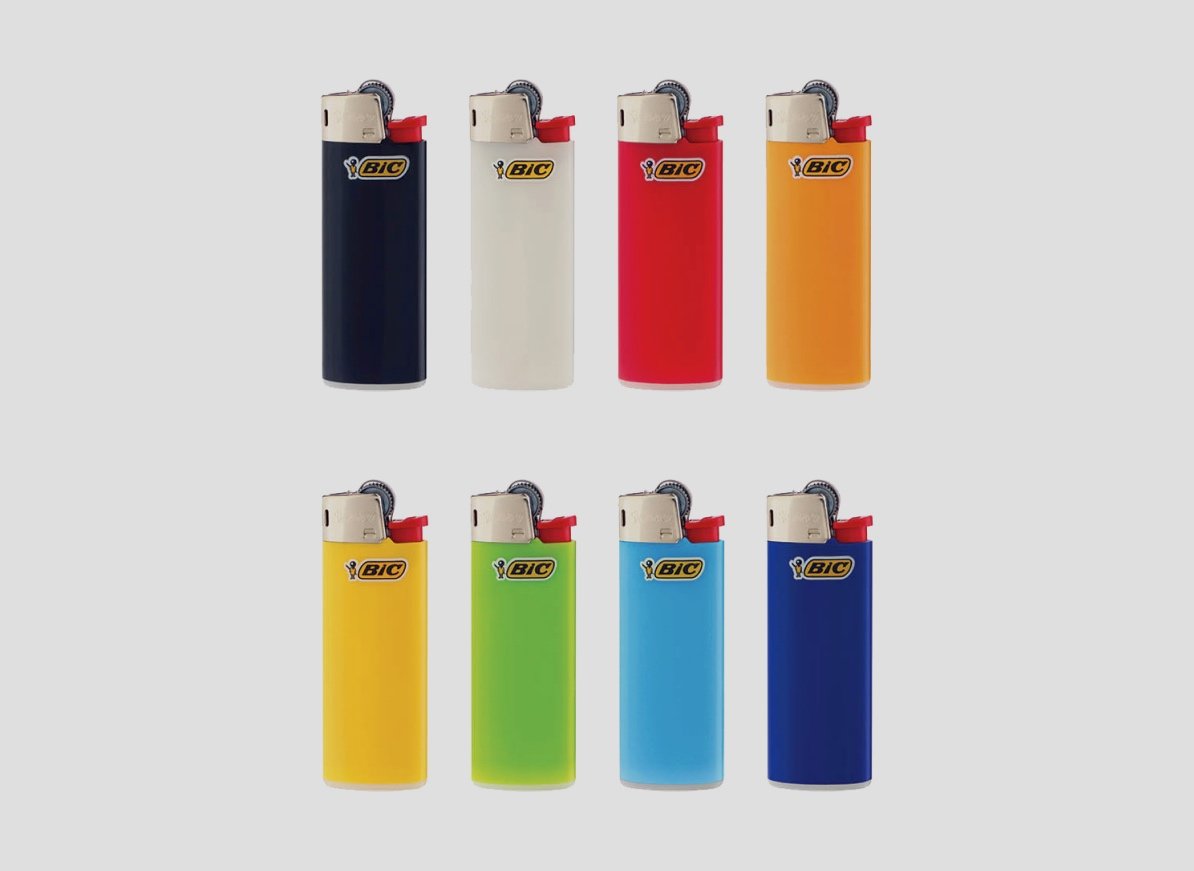
The Bic Lighter is launched in 1973.

The first handheld cellular phone call is made by Martin Cooper of Motorola from Sixth Avenue, New York City to Joel Engel of Bell Labs.

First successful gene splicing (recombinant DNA) by Paul Berg and Stanley N. Cohen (U.S.). A major breakthrough in genetic engineering.

Nuclear Magnetic Resonance (NMR), the technology behind MRI (Magnetic Resonance Imaging) scanning, is developed. MRI is used in radiology to visualize detailed internal structures such as the body.

The Fiber optical cable using glass was invented in 1973. Fiber optic cables provide greater efficiency than the existing copper paired wiring by reducing loss of signal over long distances and at the same time carry greater bandwidth - so multiple signals can be transmitted quickly over great distances.
The term “brain computer interface” was coined in 1973 by Jacques Vidal, a computer scientist at the University of California, Los Angeles, who proposed that electrical signals in the brain might one day be used to control prosthetic devices.
6.BCyborgs & Simulations
When the robots and virtual landscapes captured out imagination.
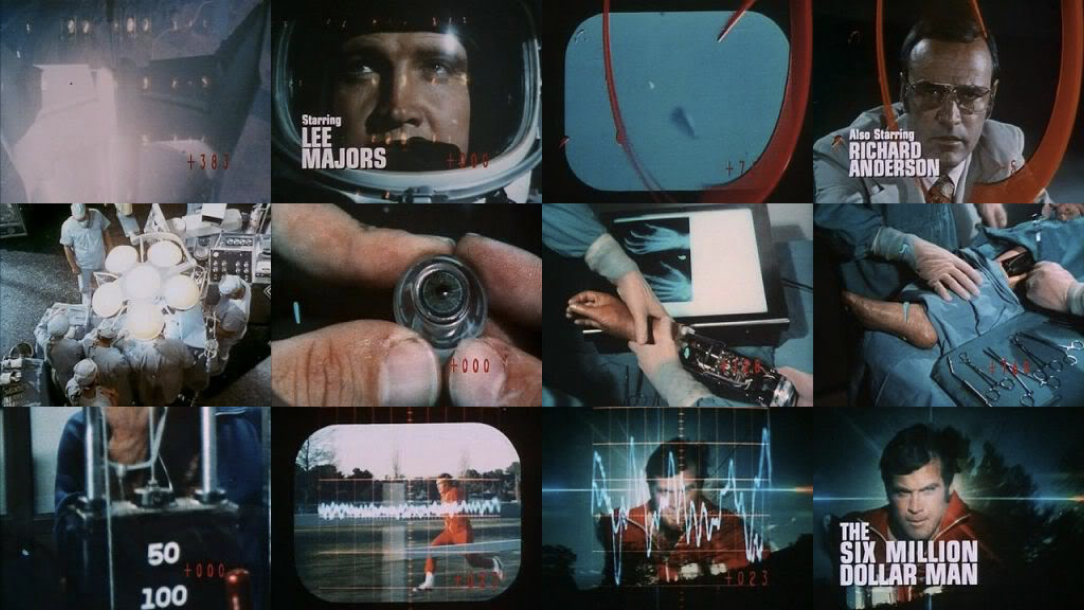


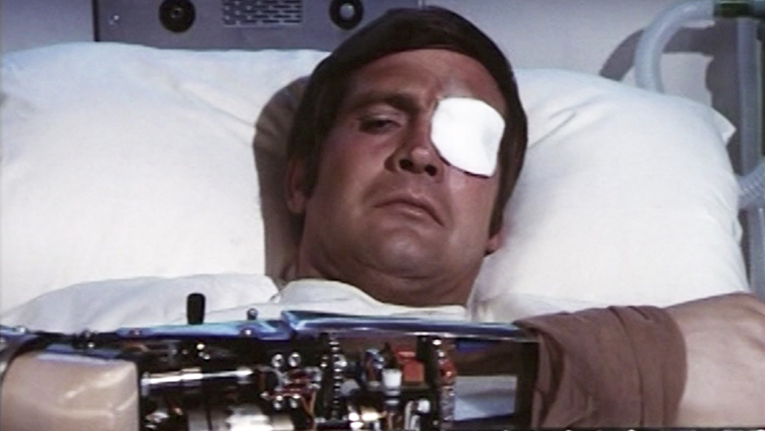




Chapter 7
When environments were comfortable and modular. When other worlds merged with our own.
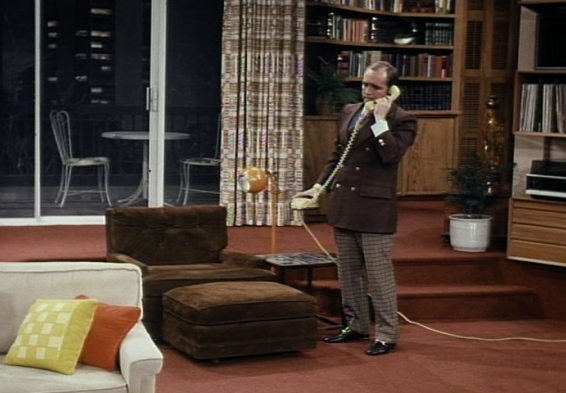
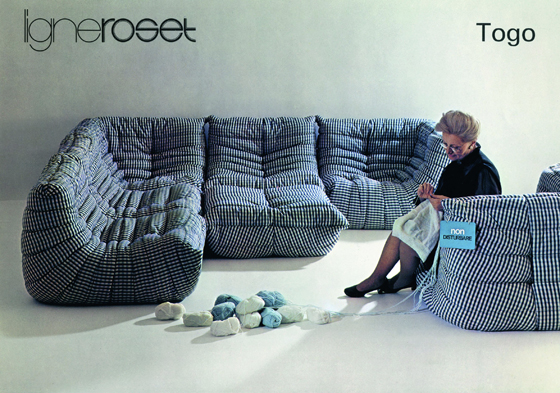




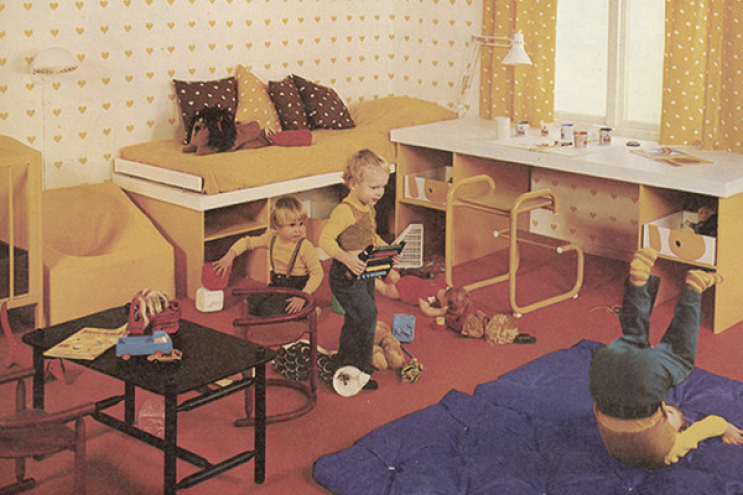

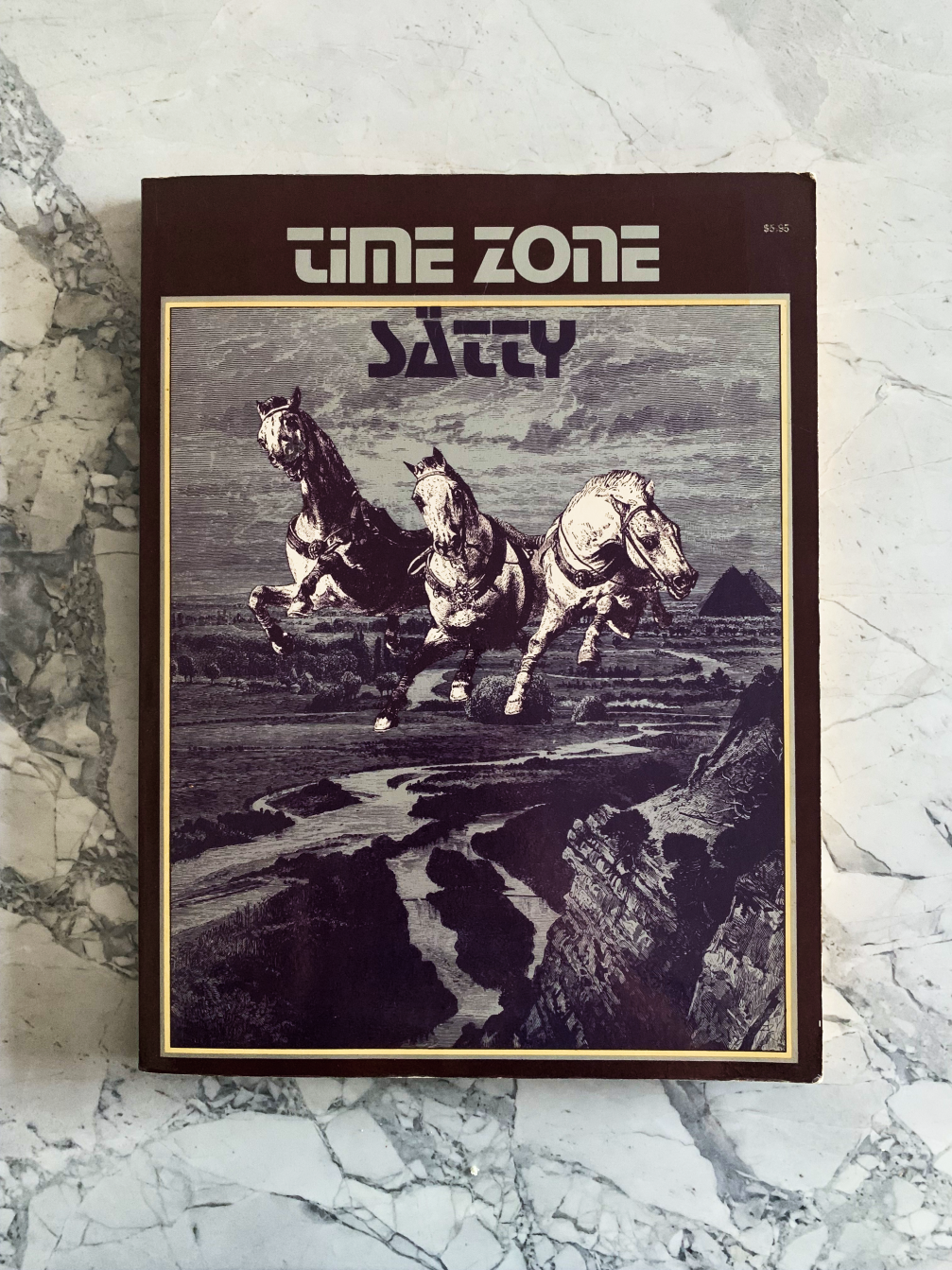



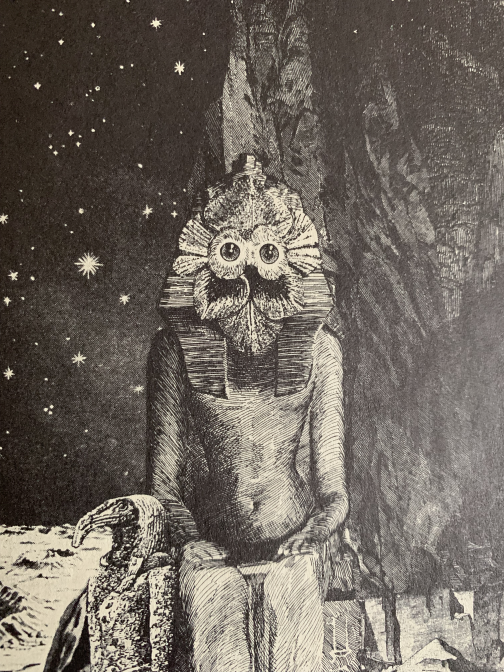

Fantastic Planet is a 1973 experimental adult animated science fiction film, directed by René Laloux
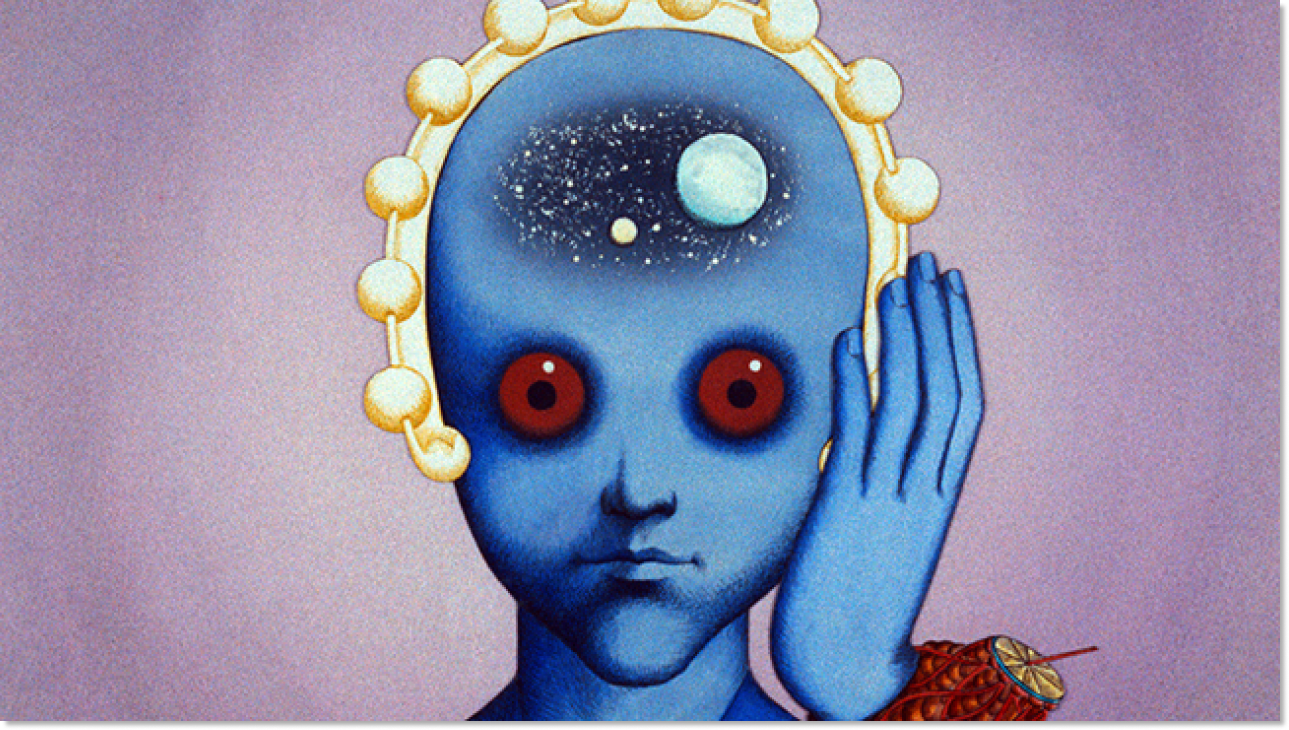
Still from Fantastic Planet
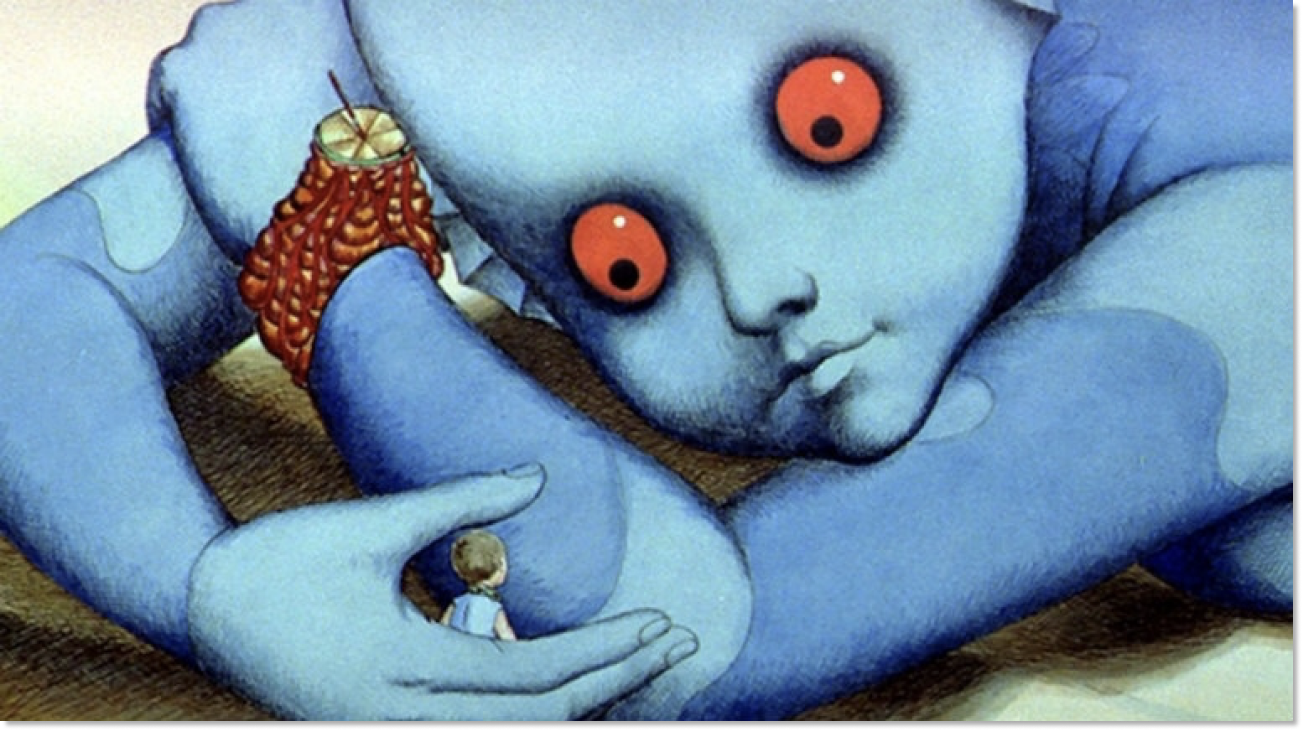
Still from Fantastic Planet

Still from Fantastic Planet

Sleeper directed by Woody Allen
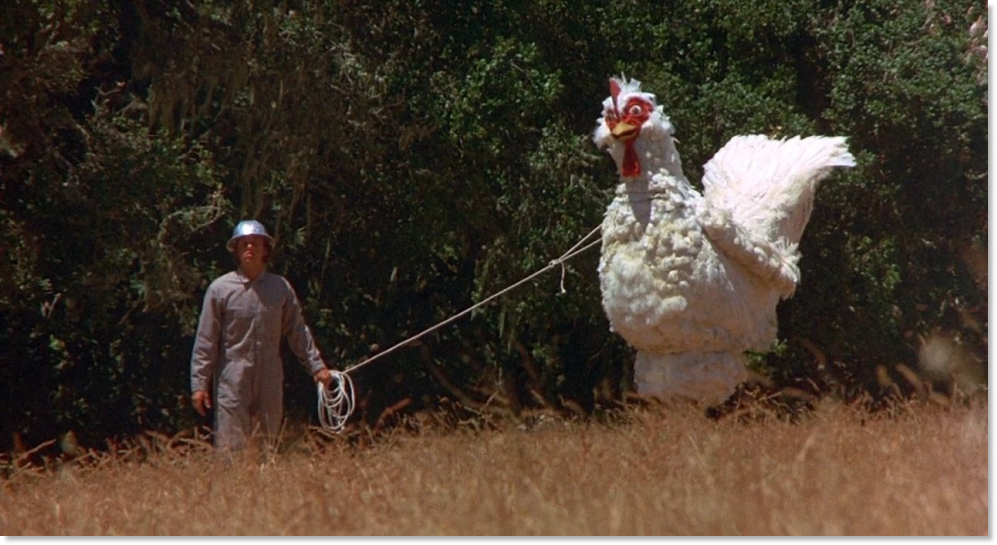
Sleeper directed by Woody Allen
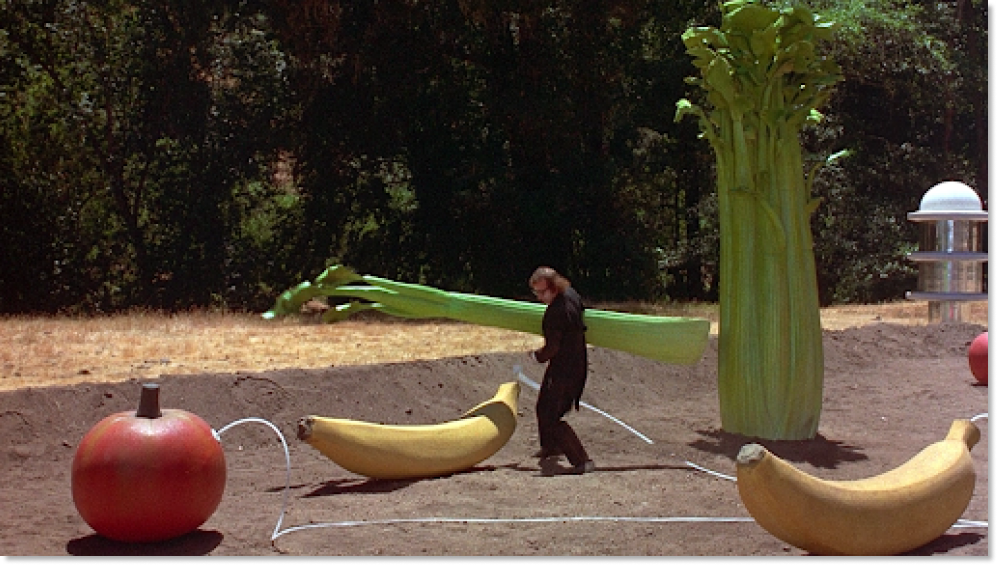
Sleeper directed by Woody Allen
The Dark Side of the Moon by Pink Floyd
And that’s 1973.
Project Note: The following project pages were created, curated and designed by Jason Severs, founder of Conscious Vacation. This a personal point of view and does not represent a full picture of the events in 1973 but rather the things significant to the creator. The “Synthesis” is a Conscious Vacation project type that contains a hybrid of found imagery and custom layouts. The goal of this project type is to leverage the practice of archiving and curation communicated through graphic design language systems to create a unique point of view on a particular subject matter.

































